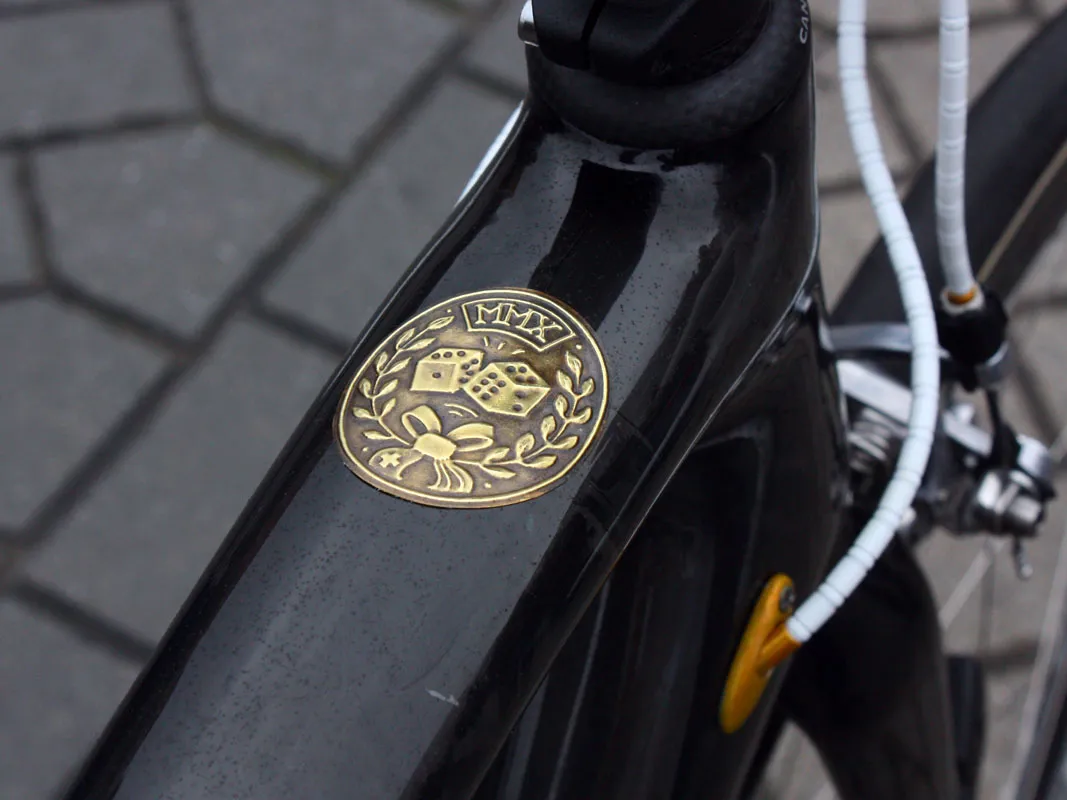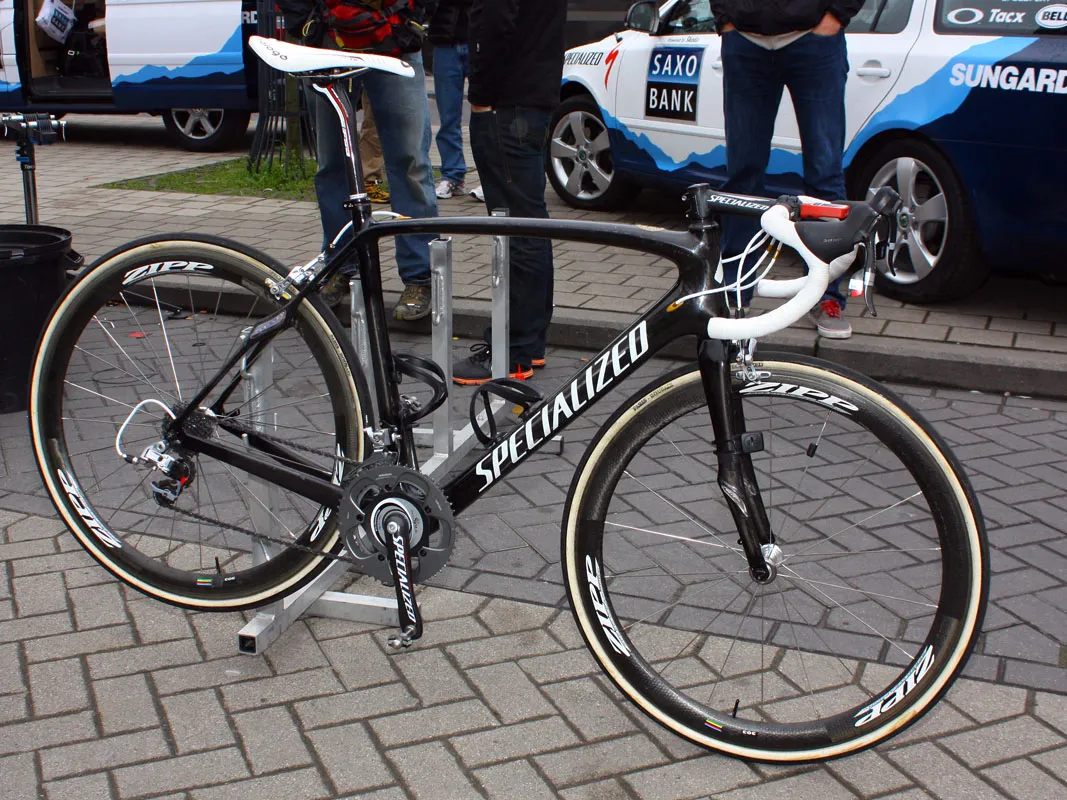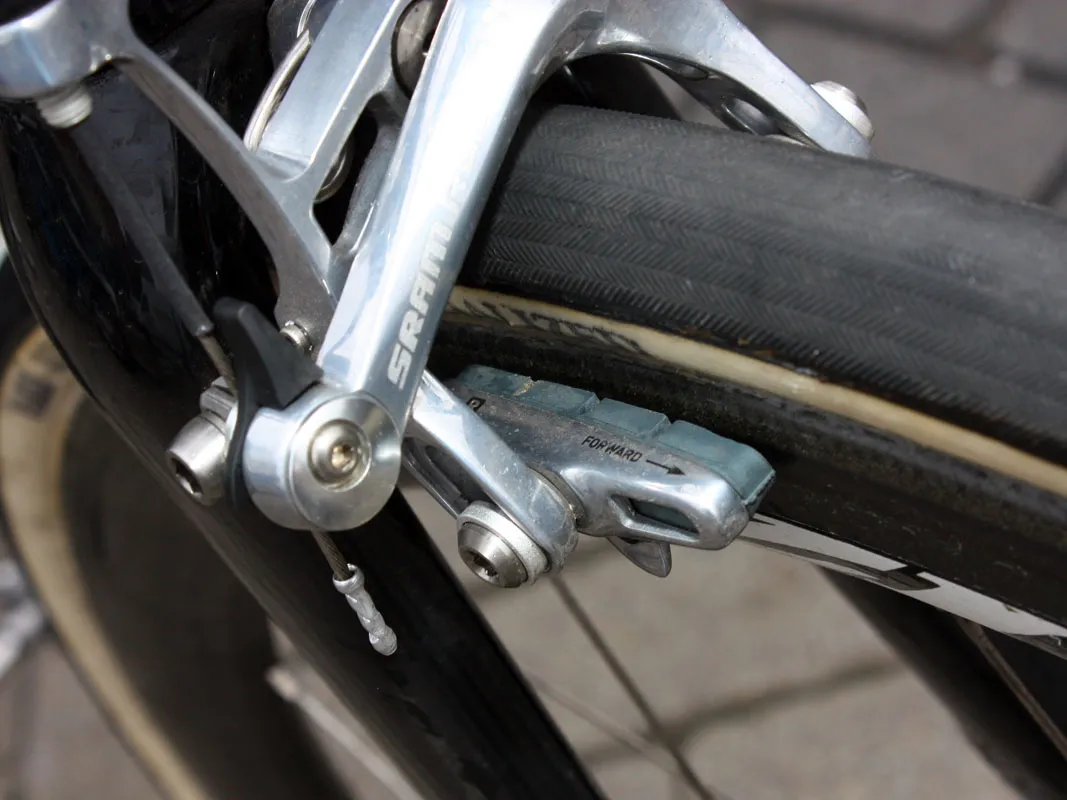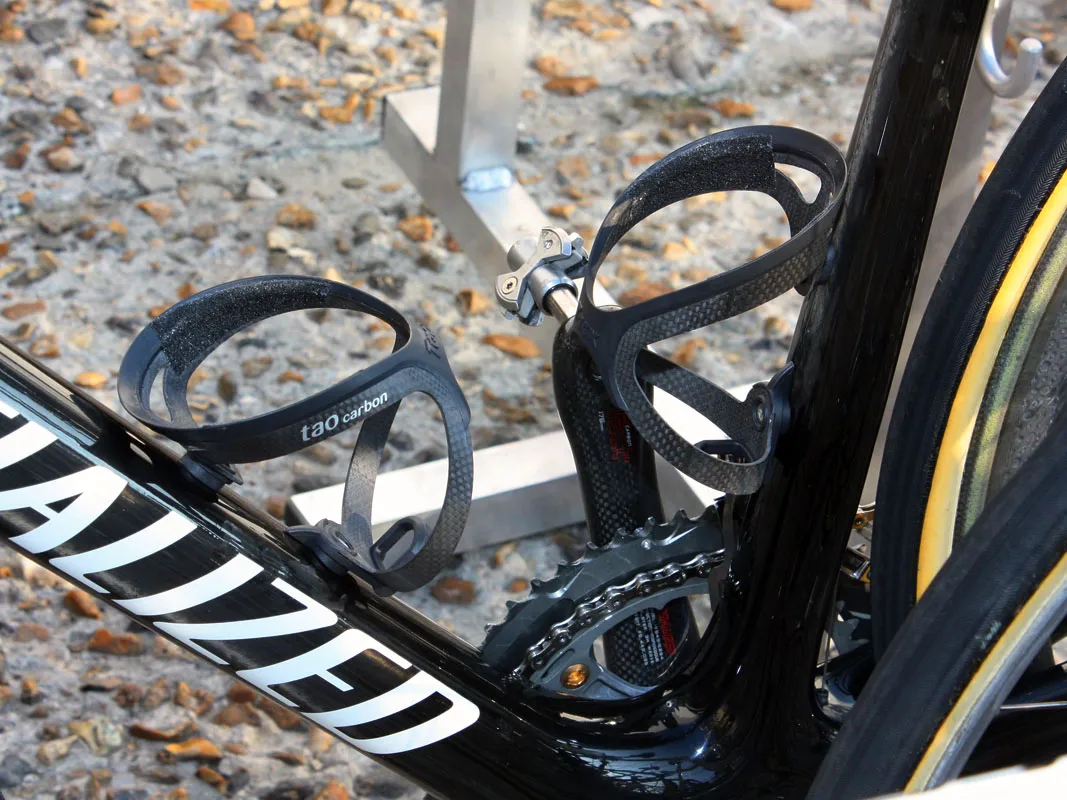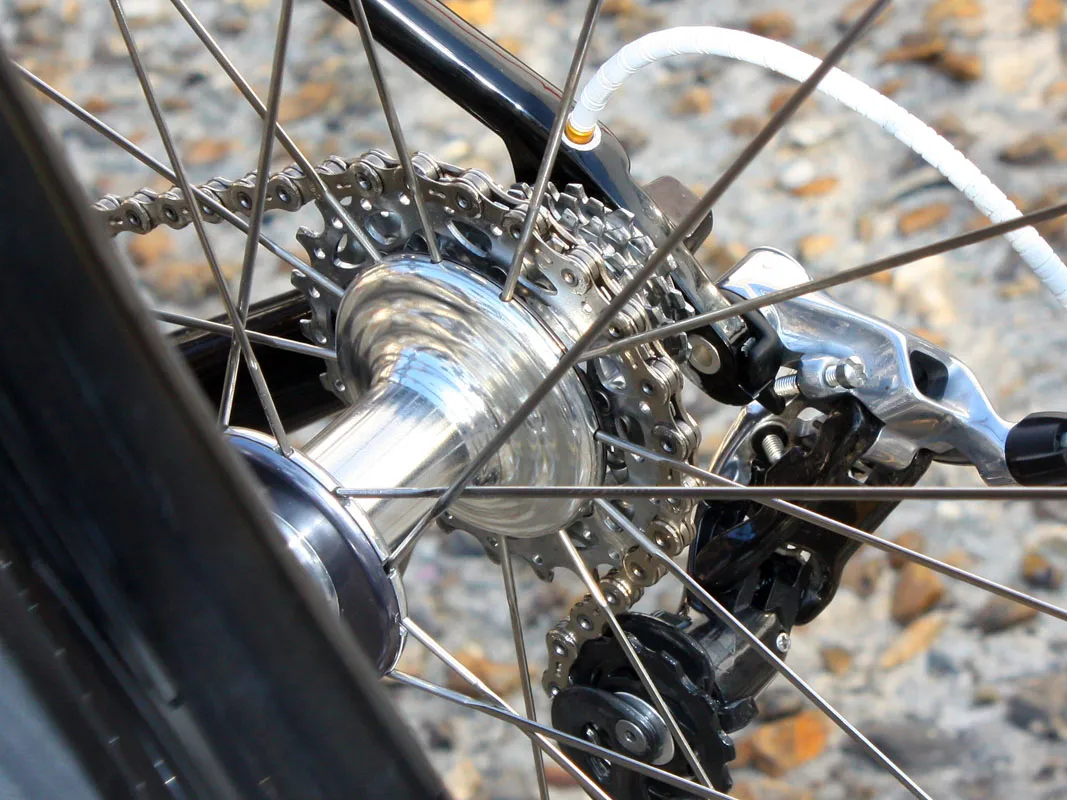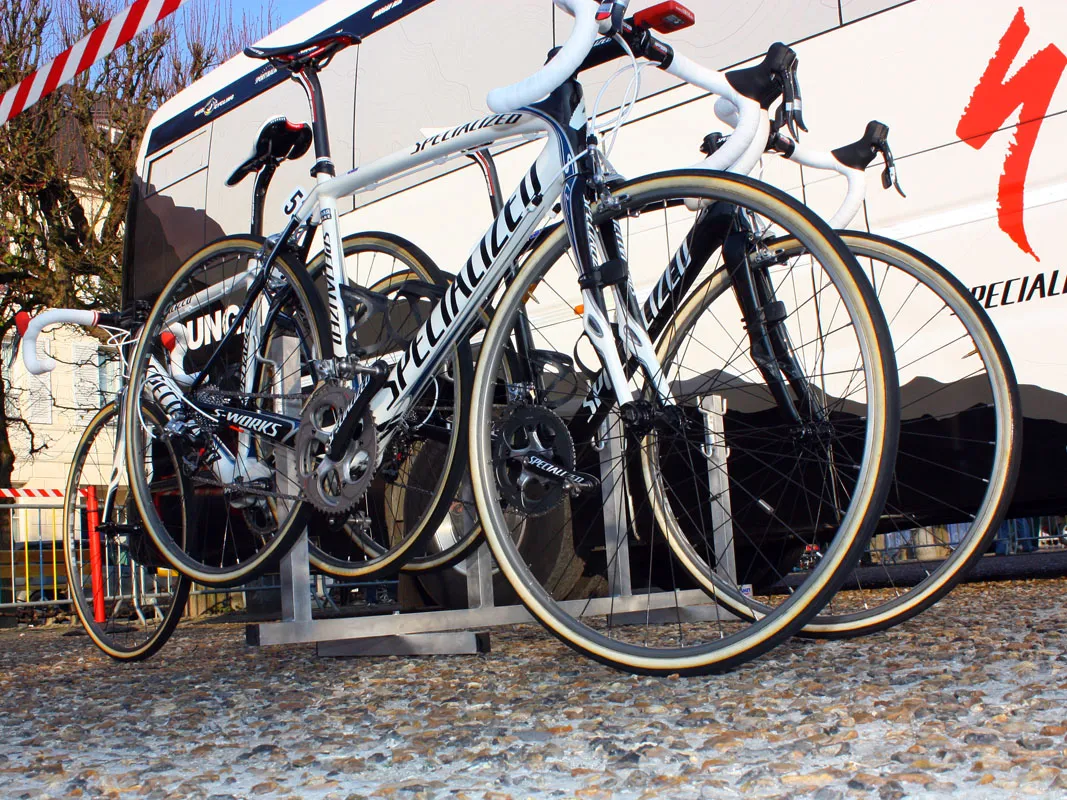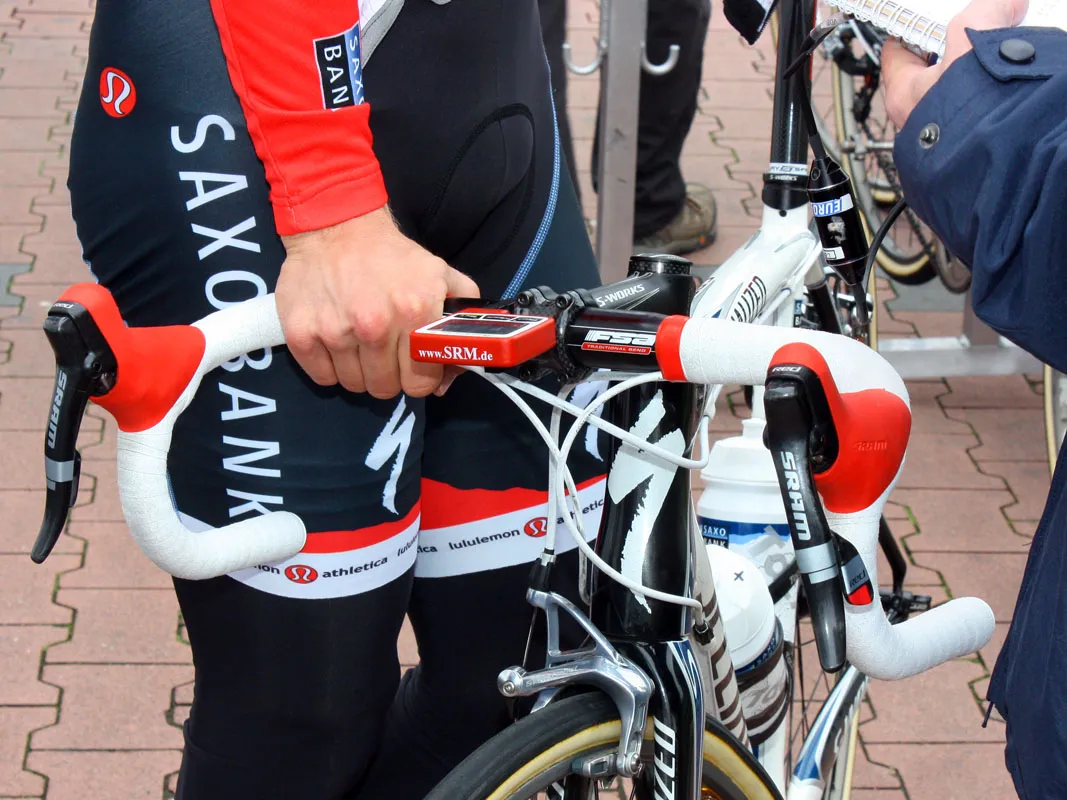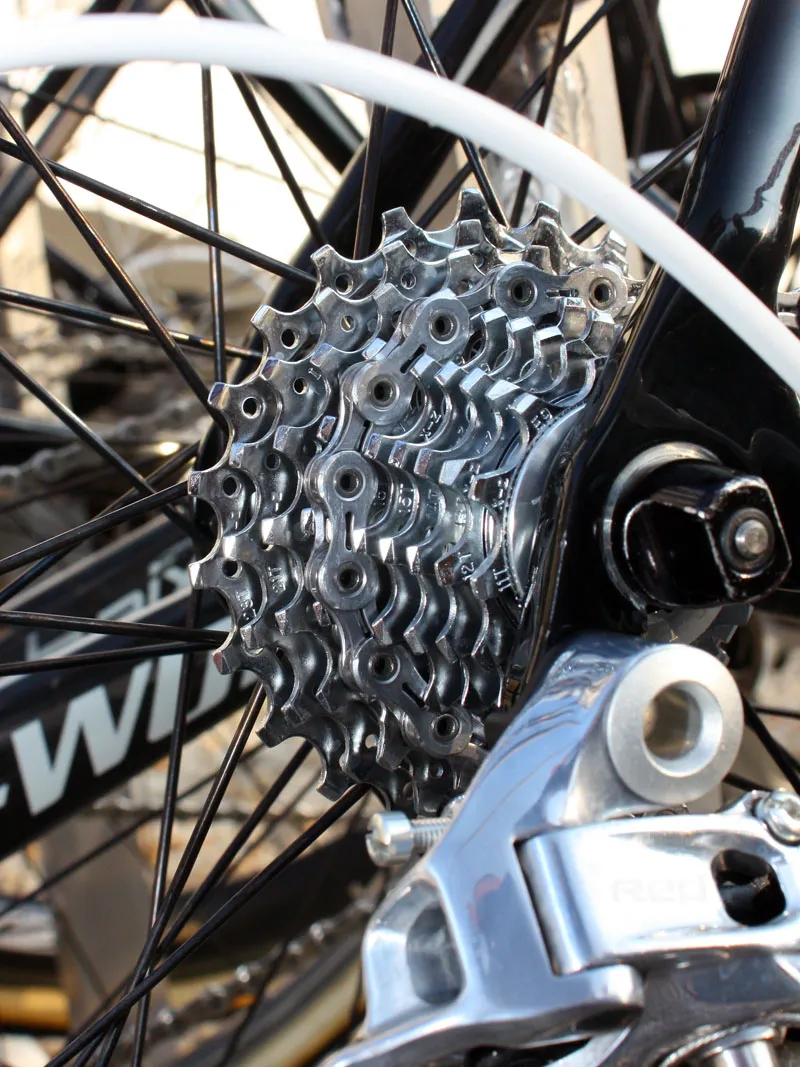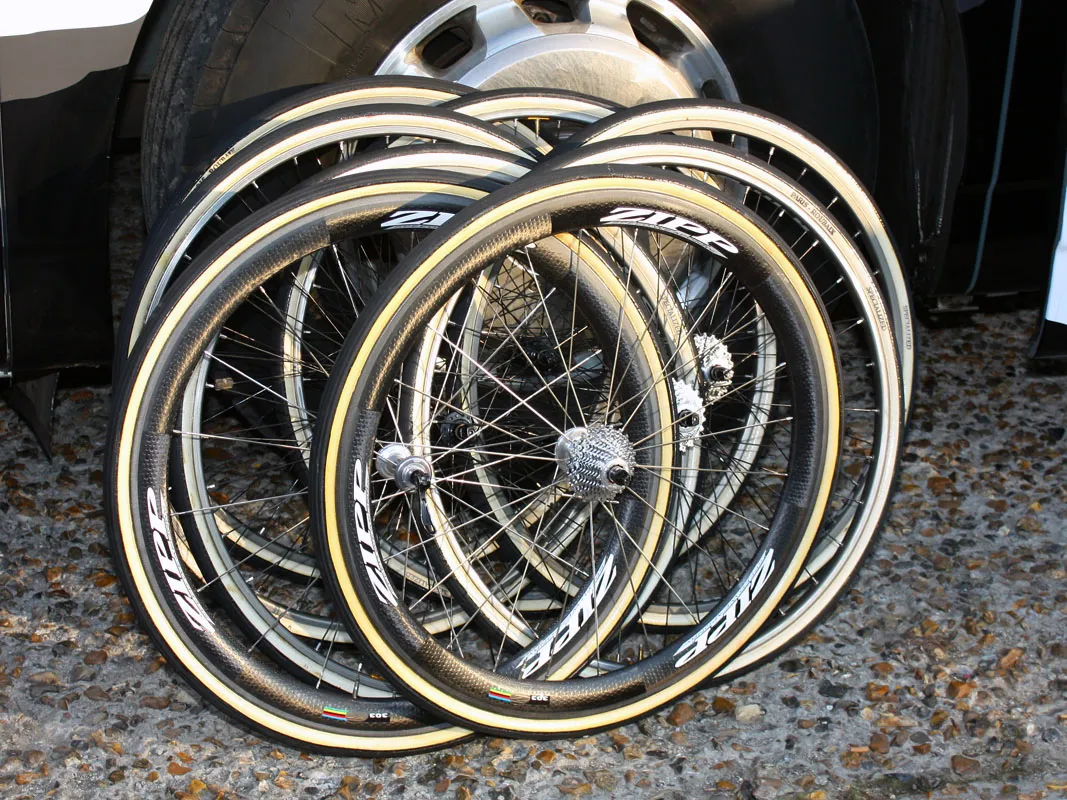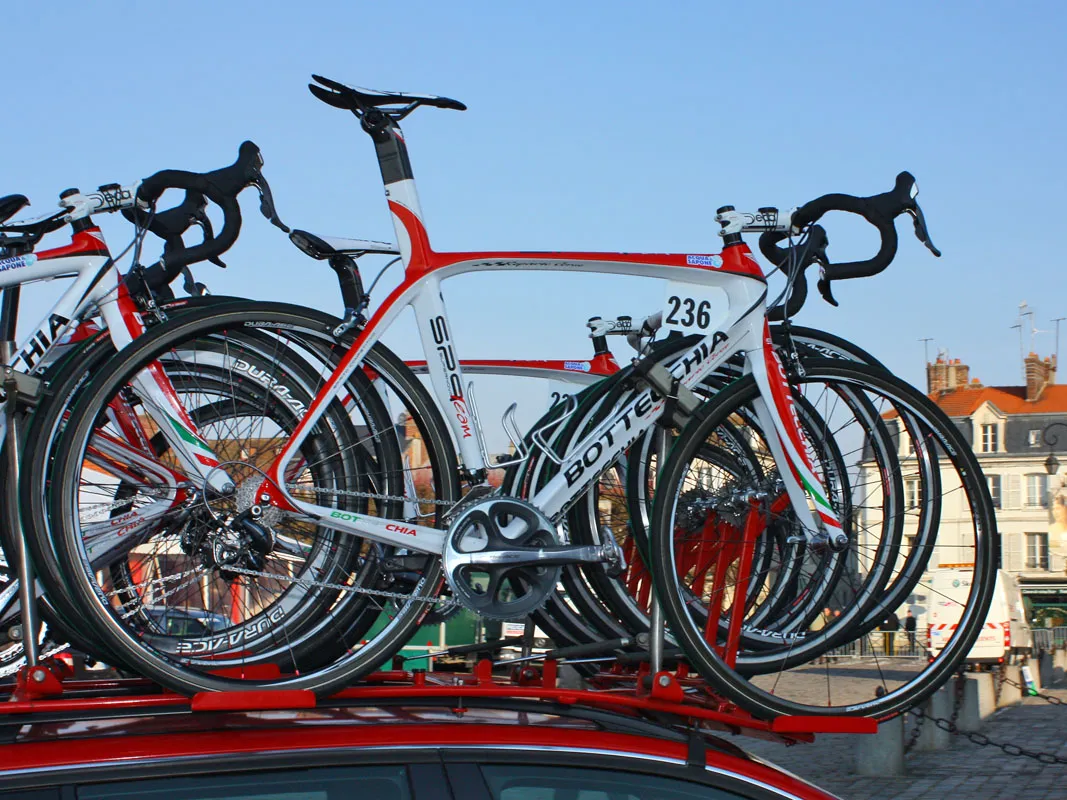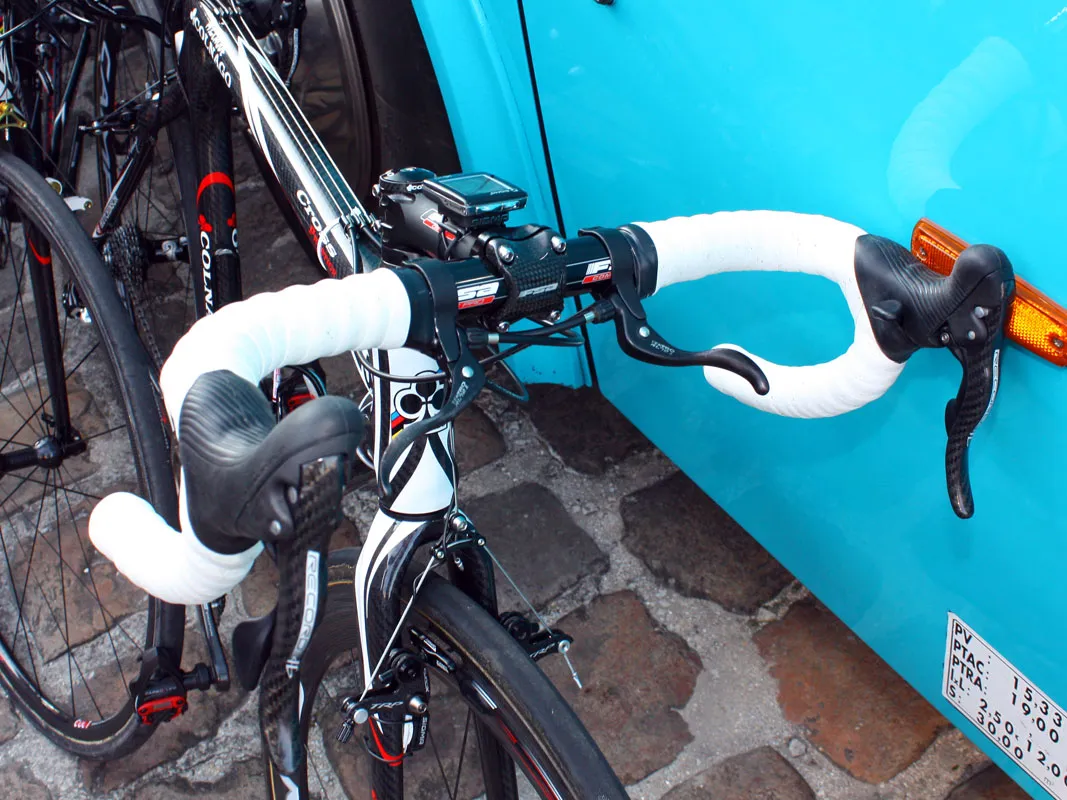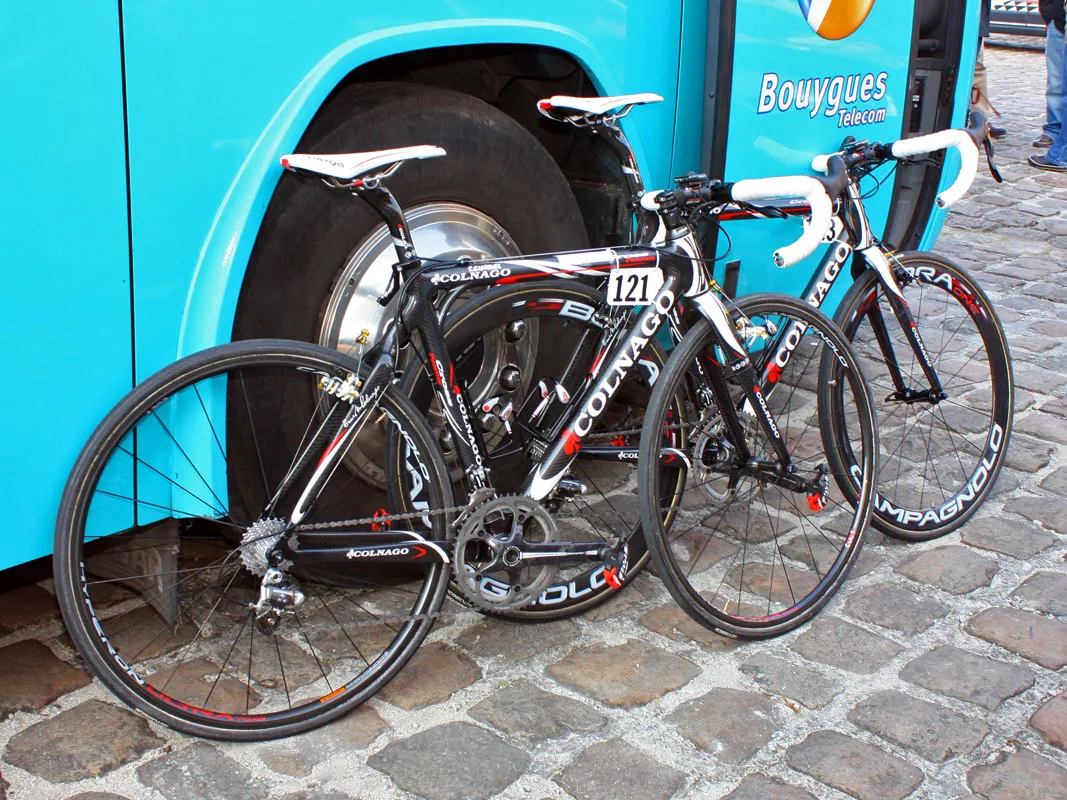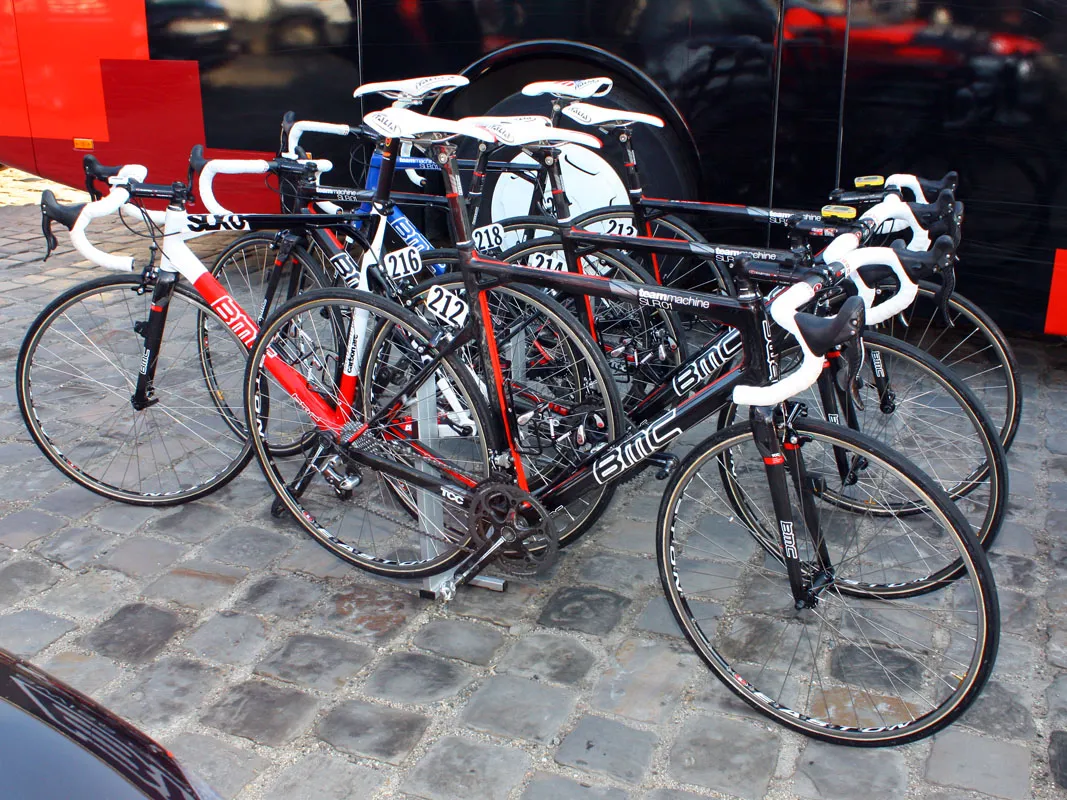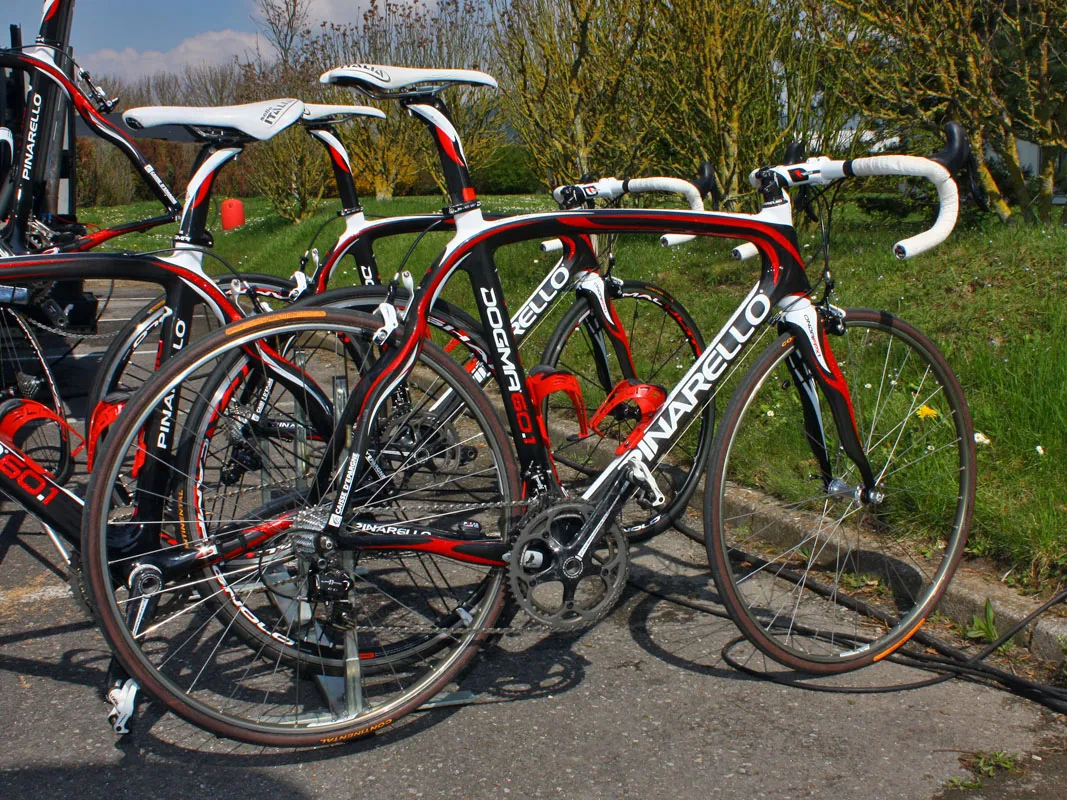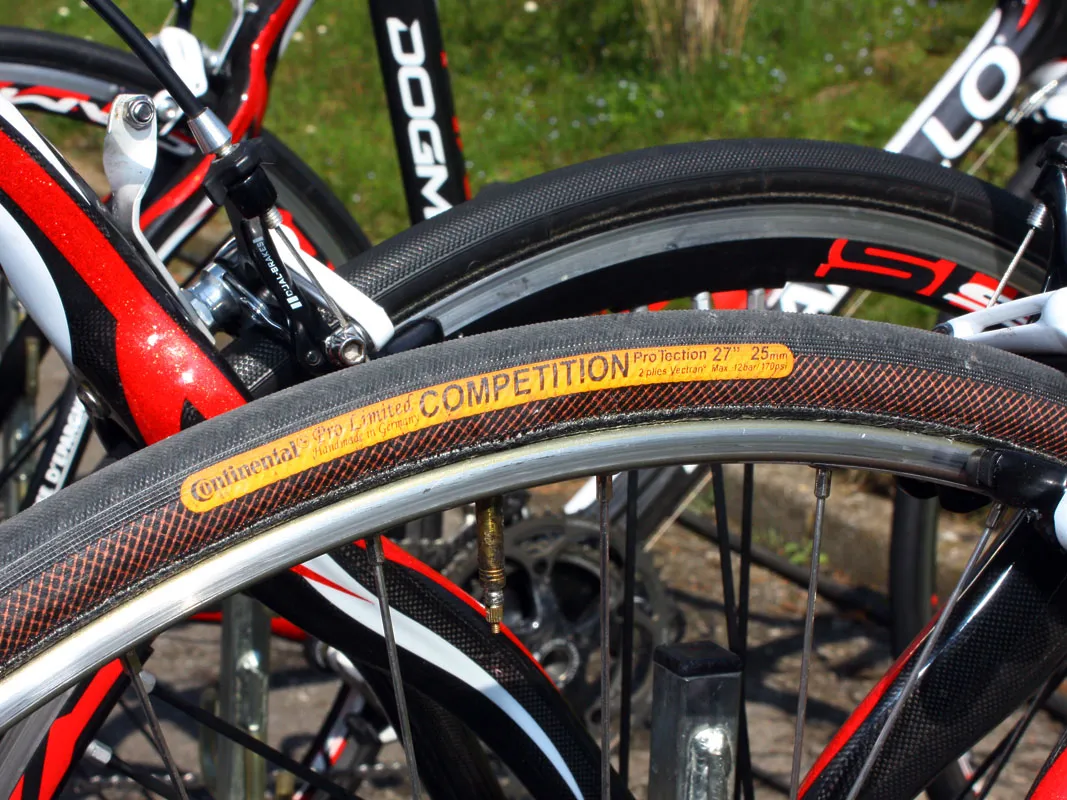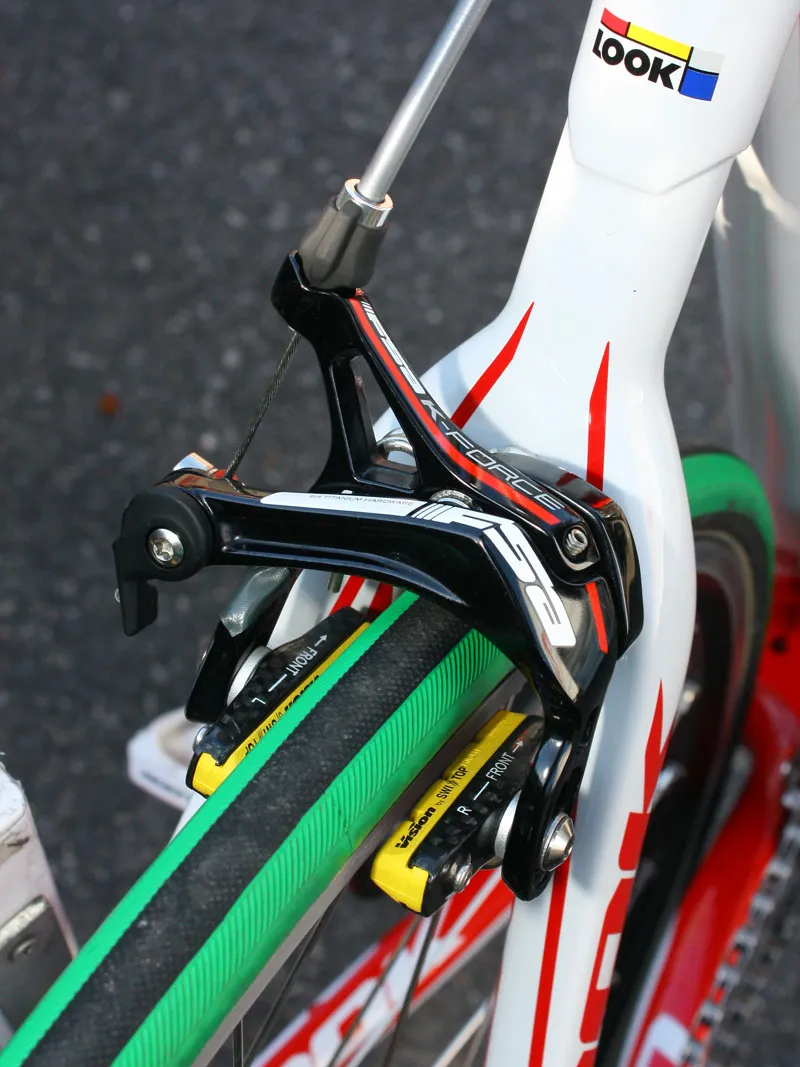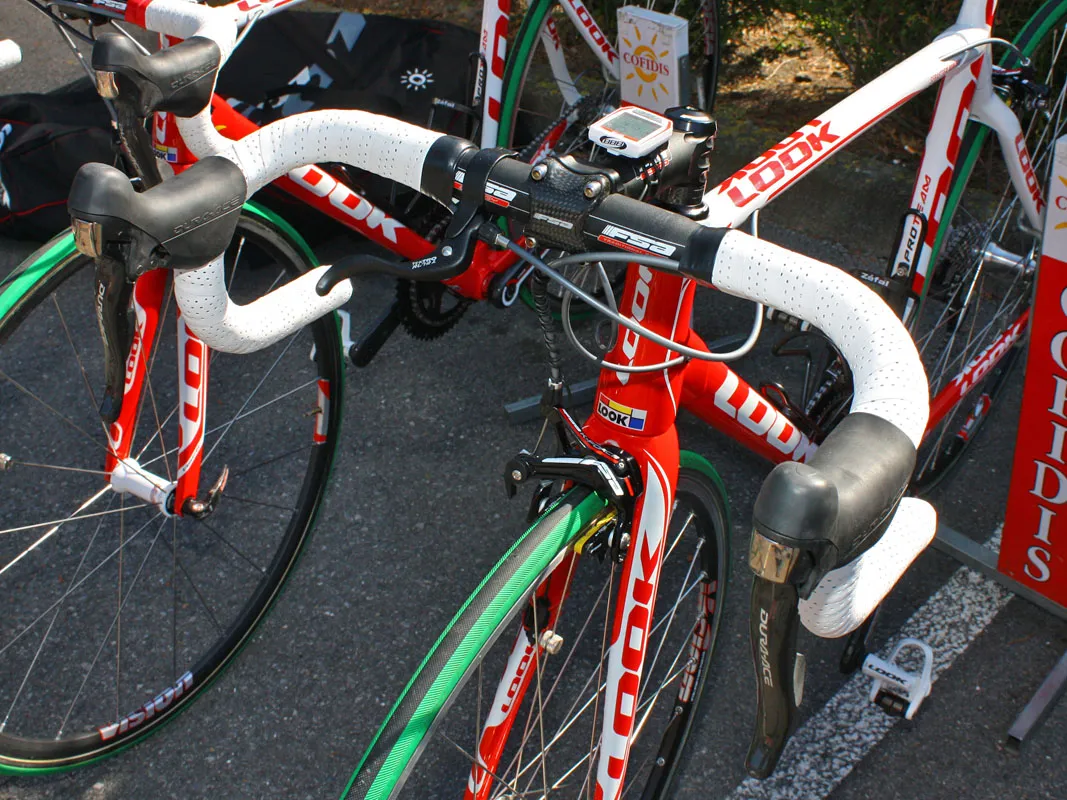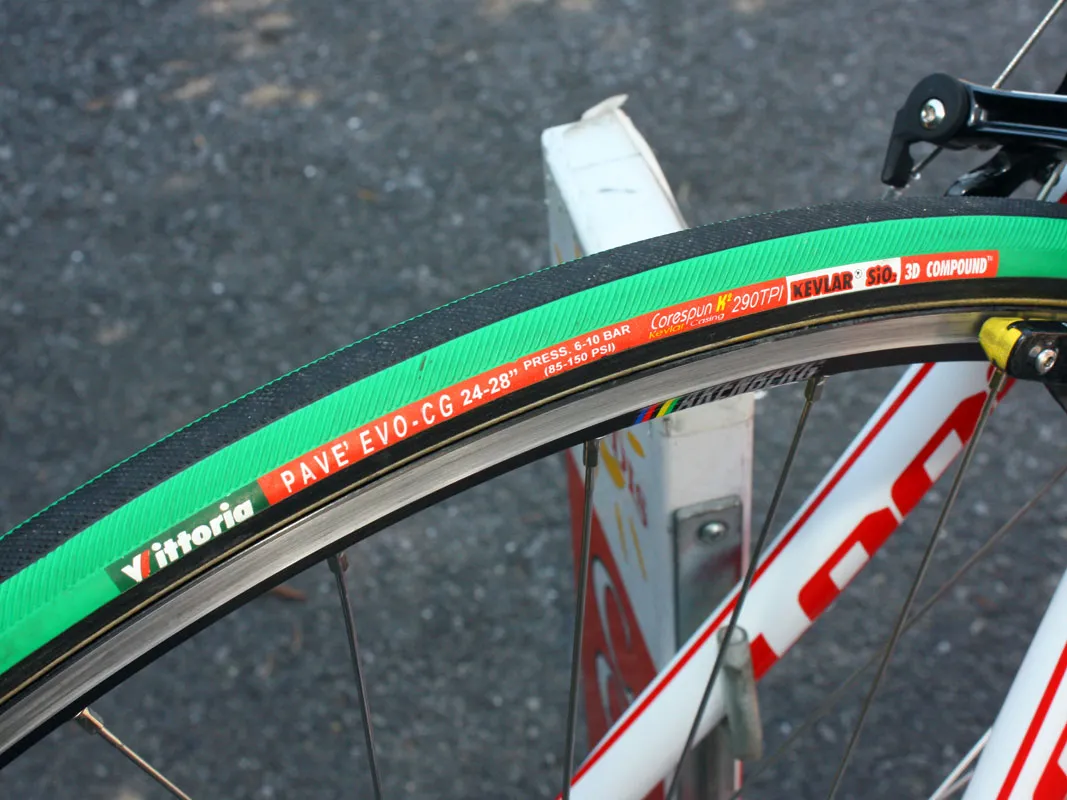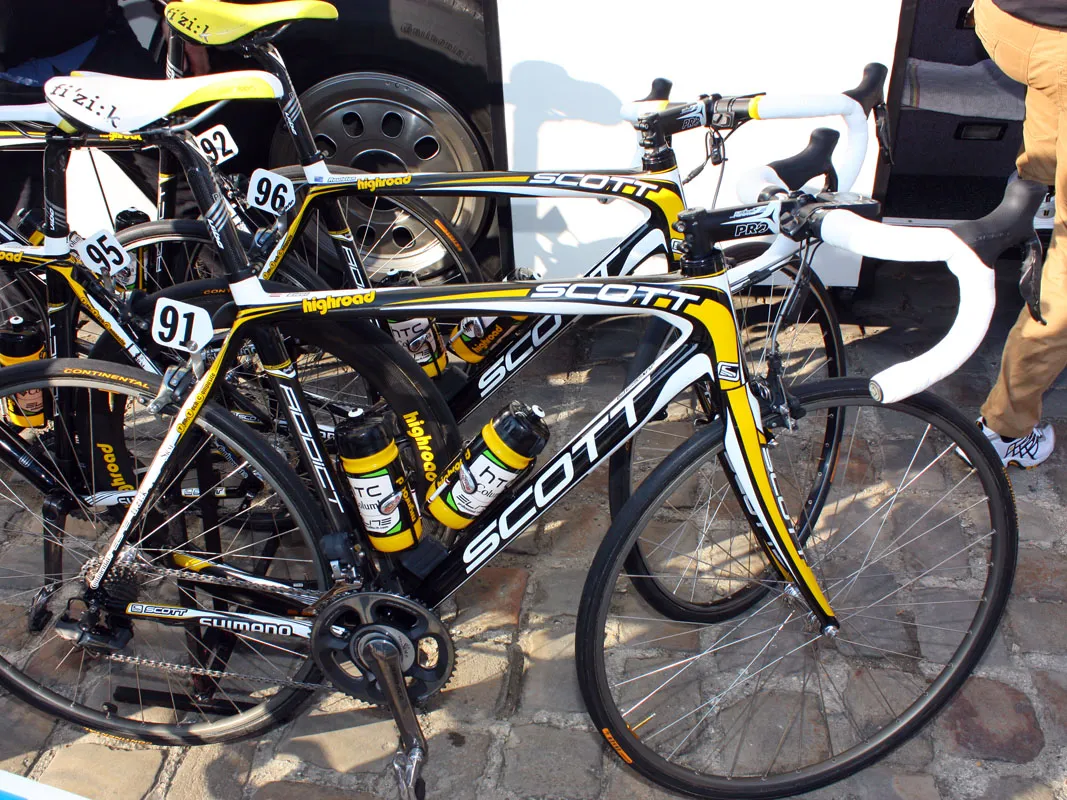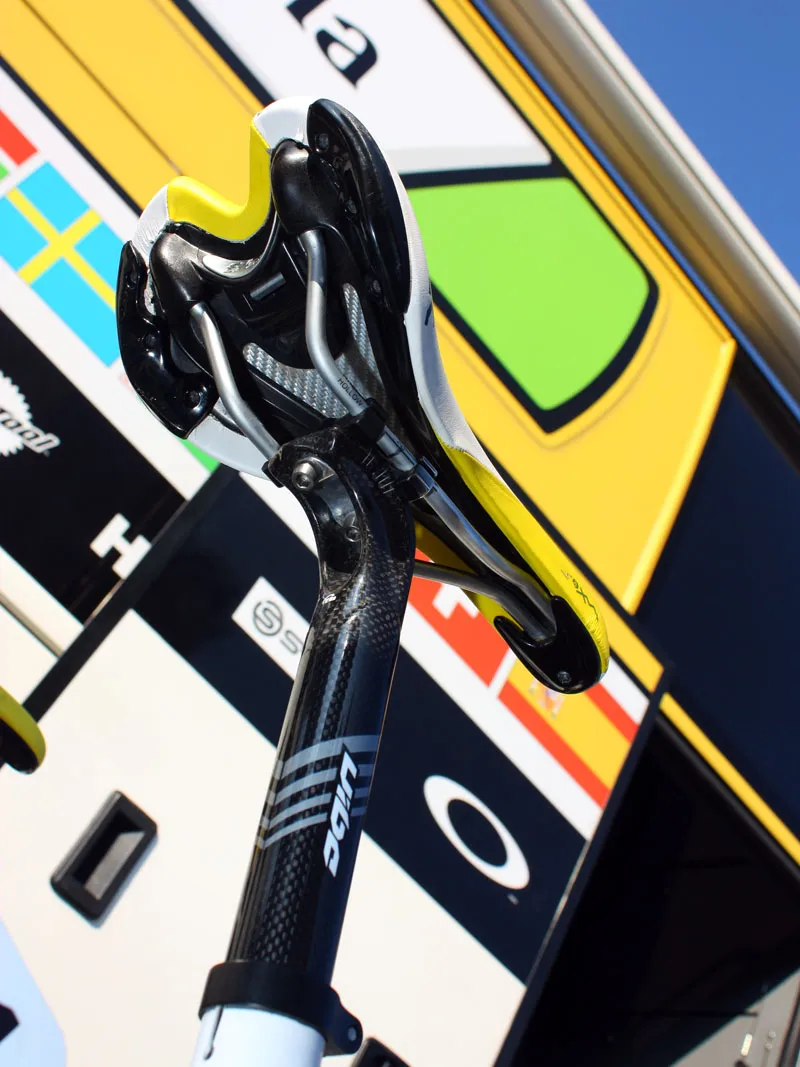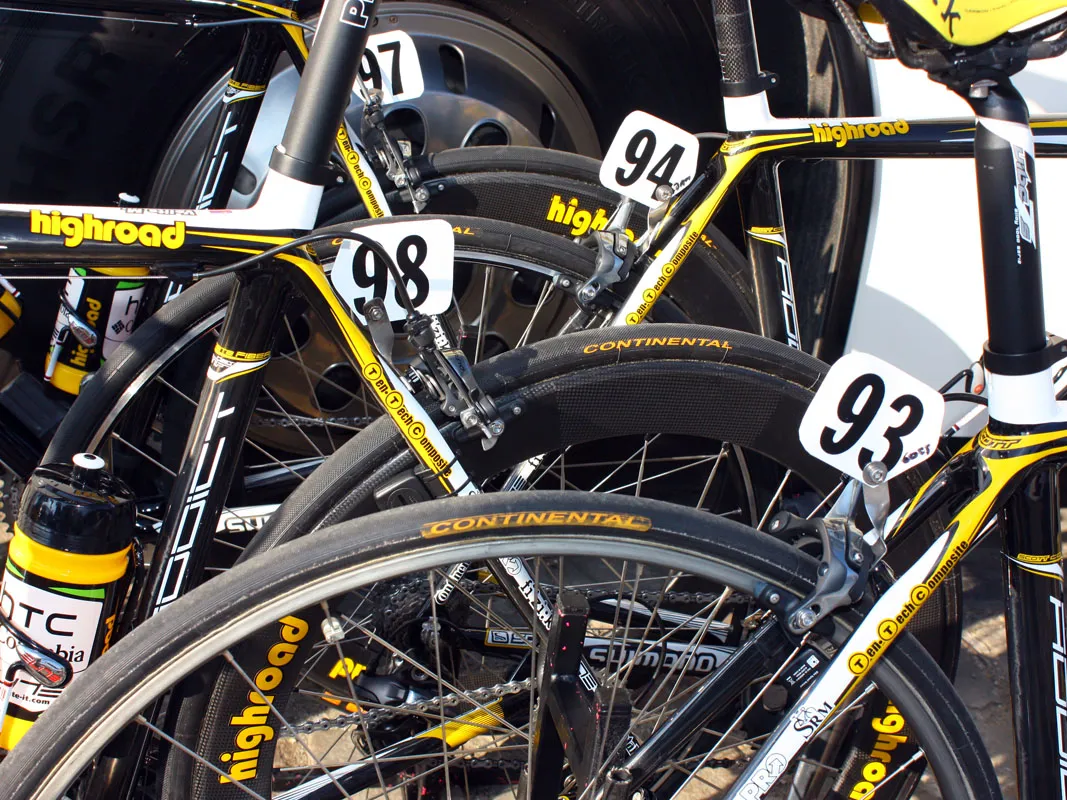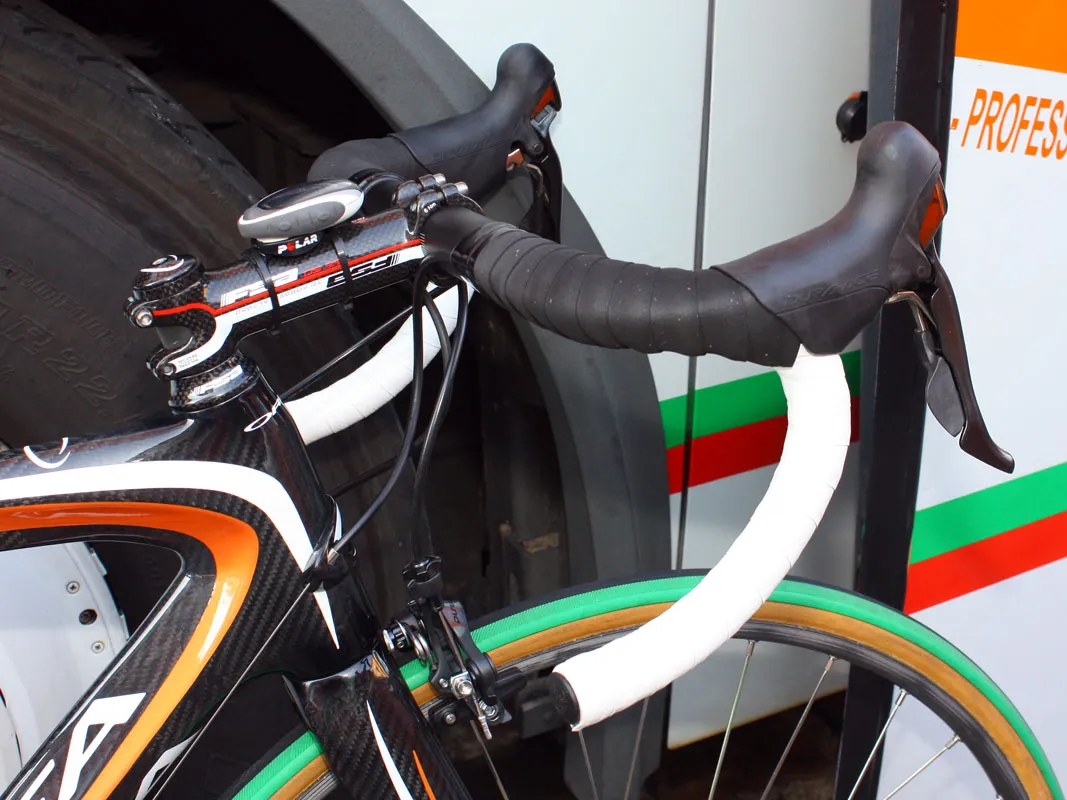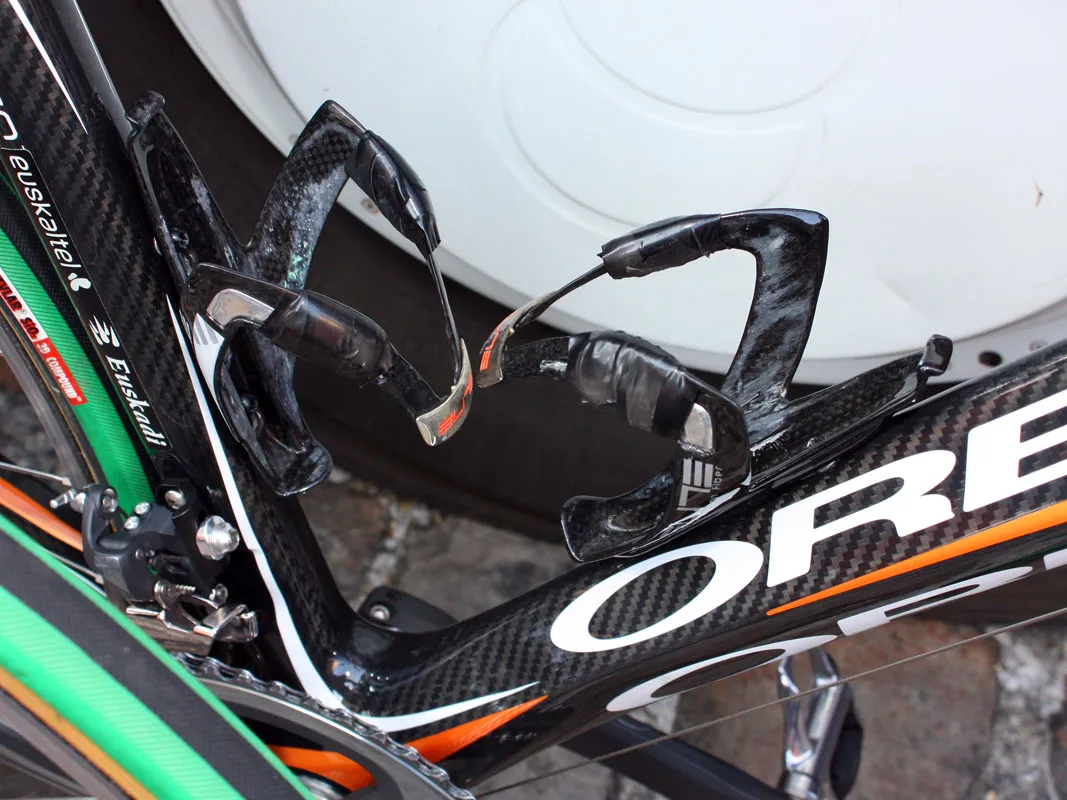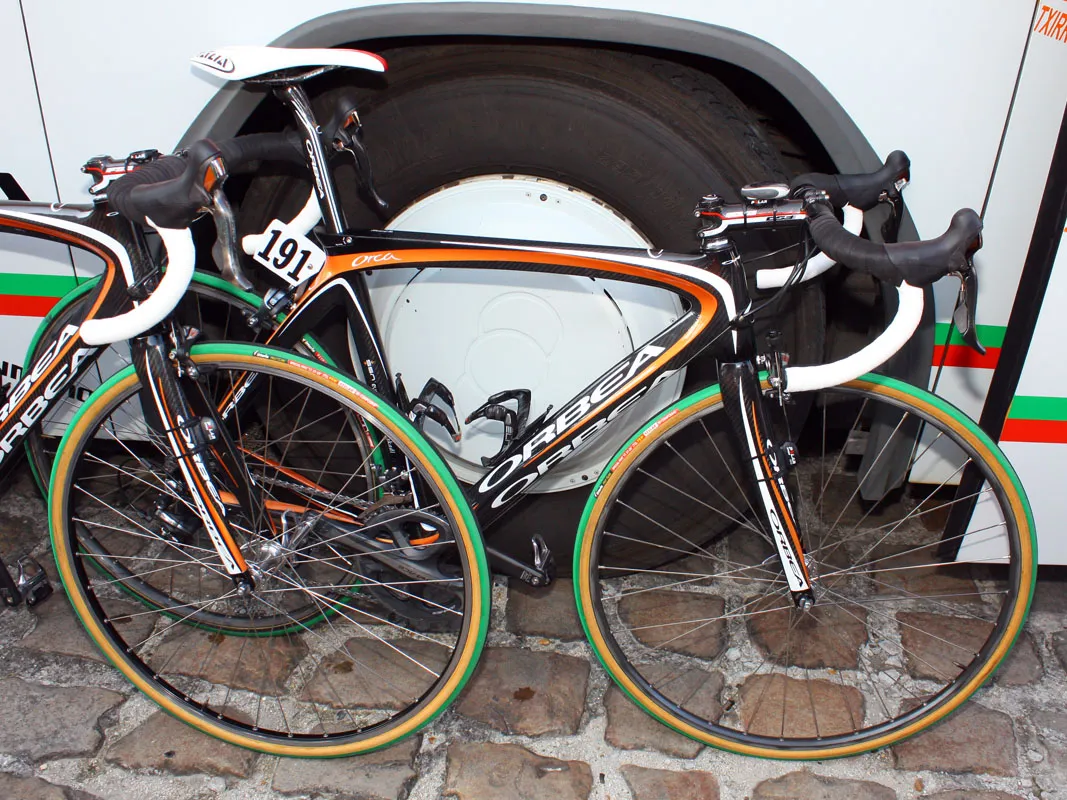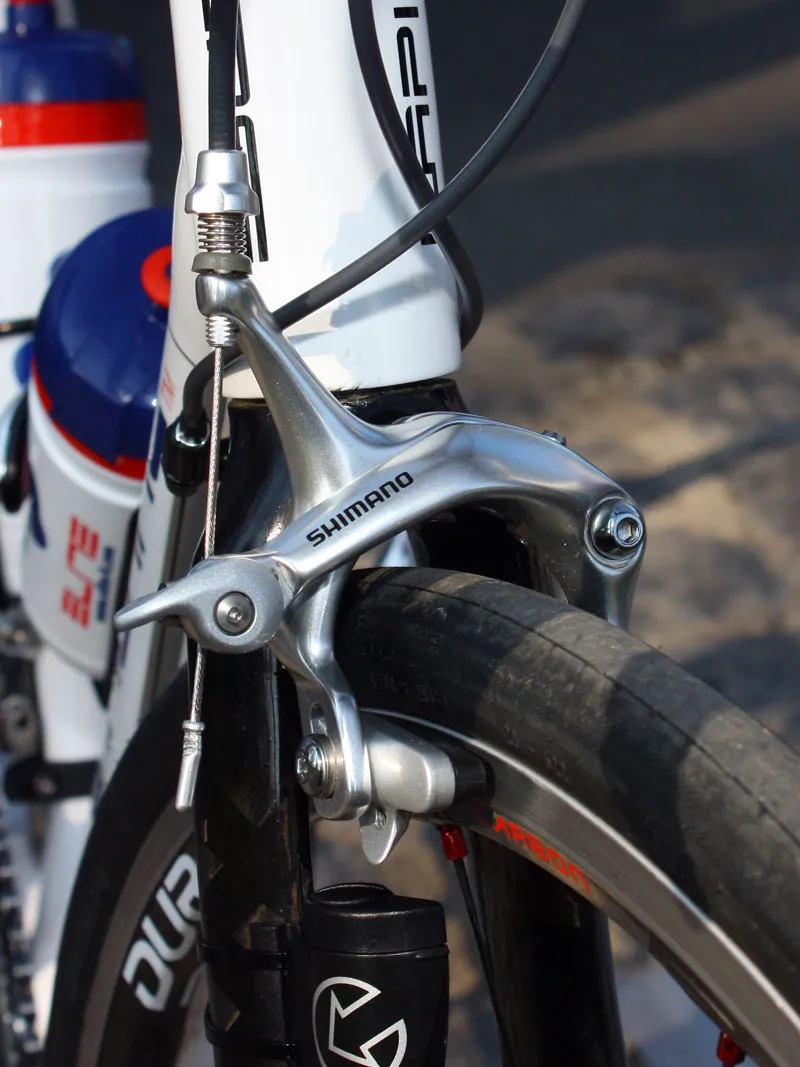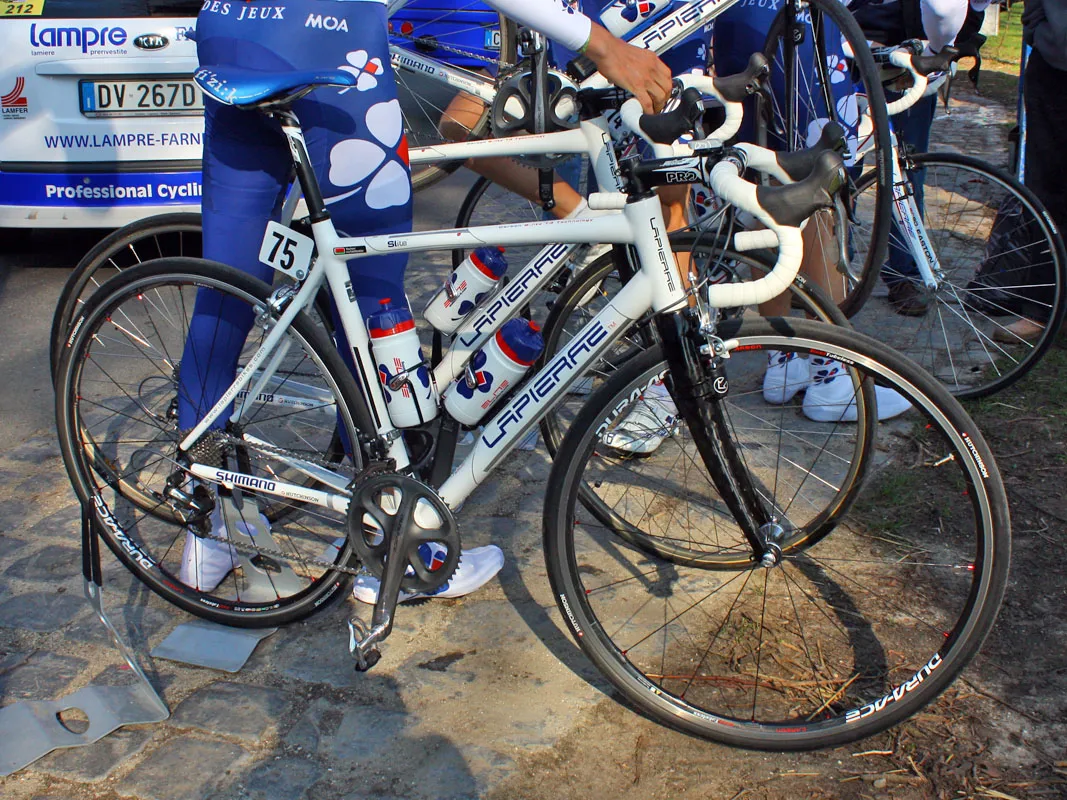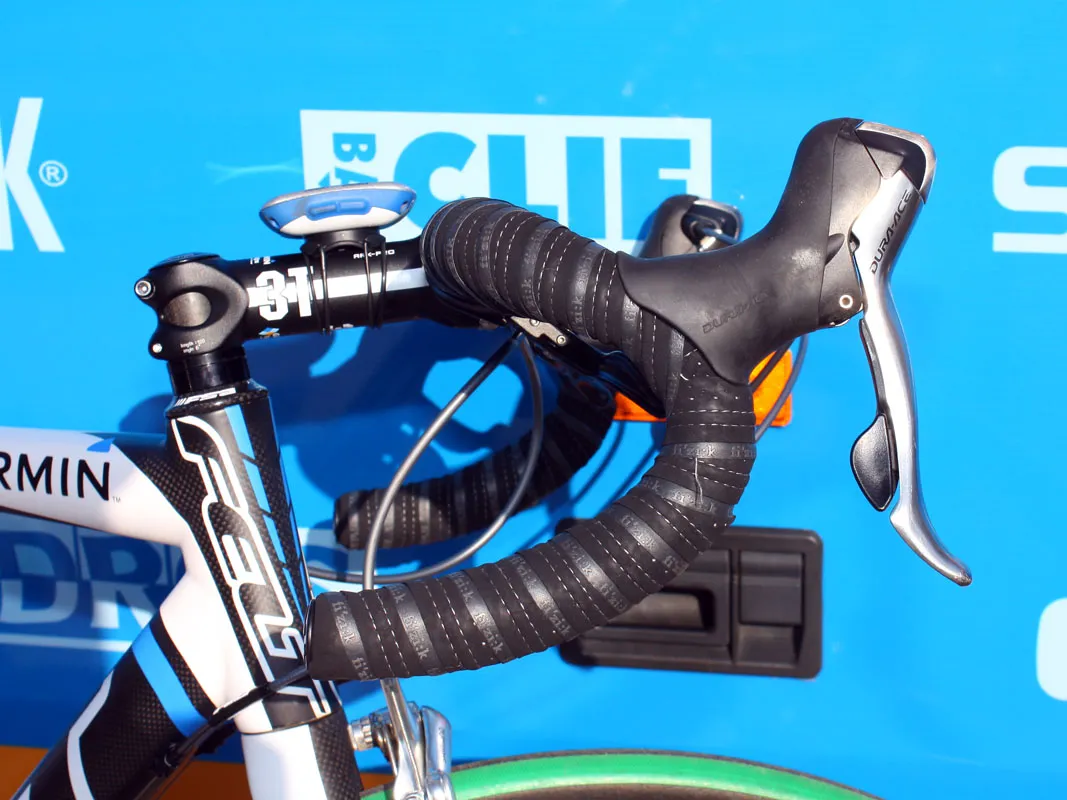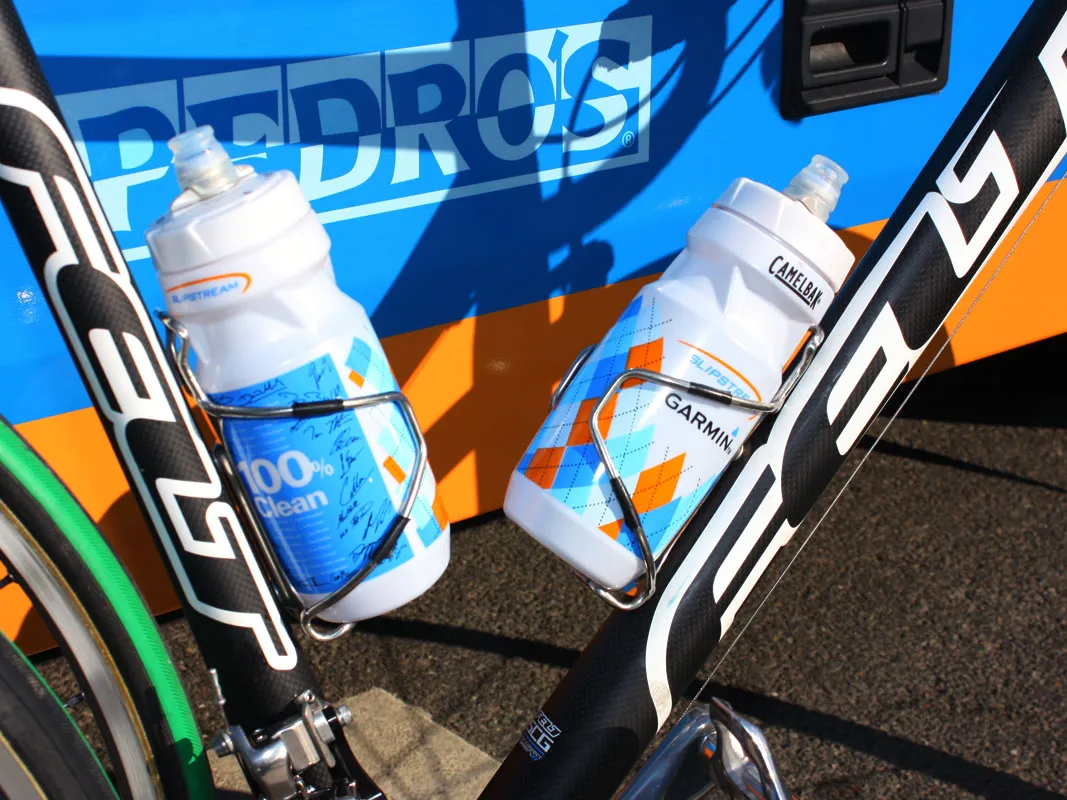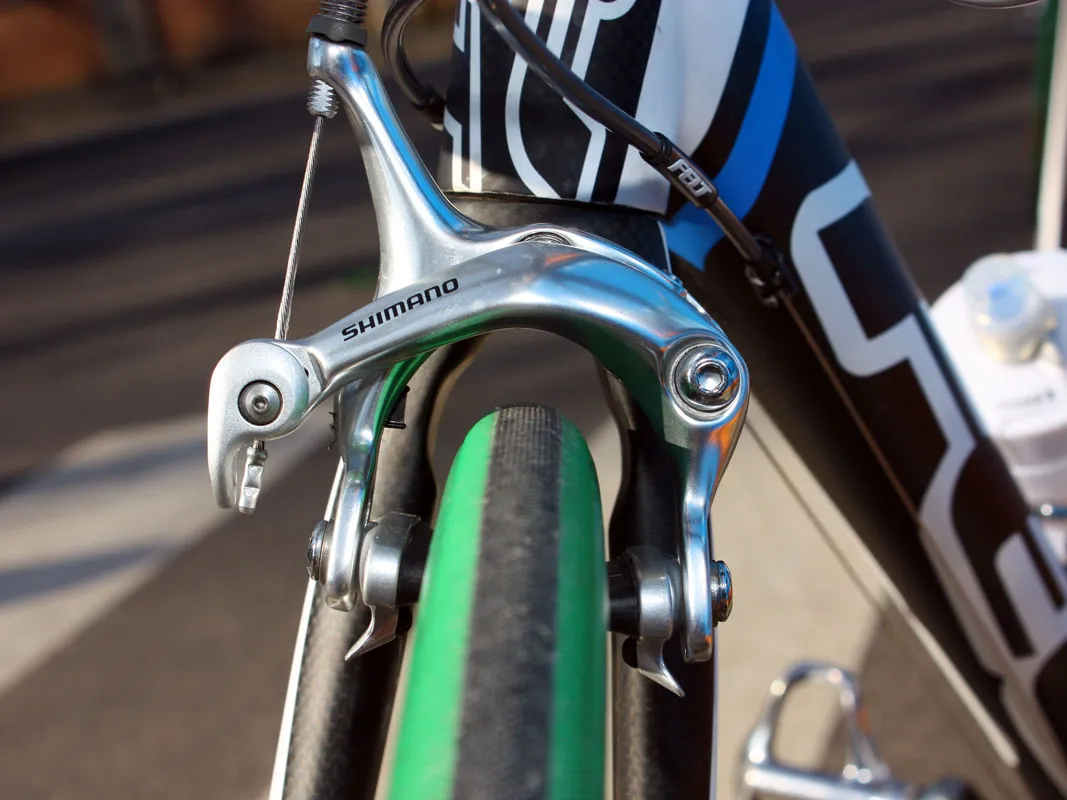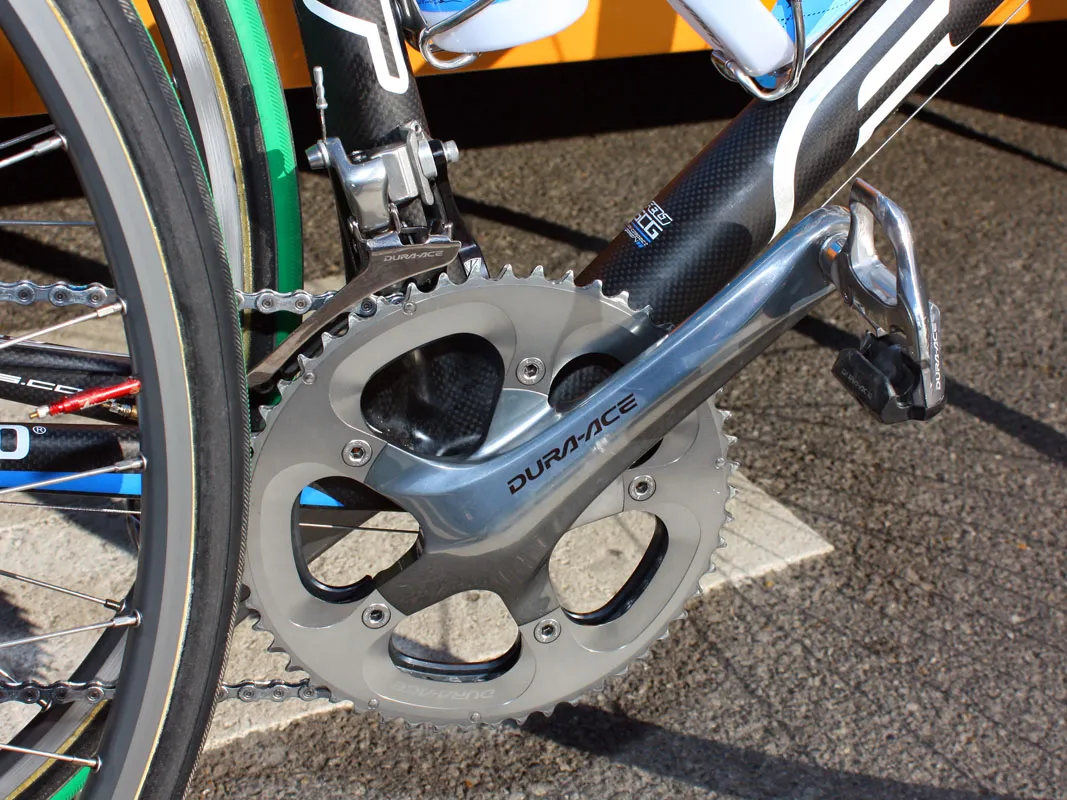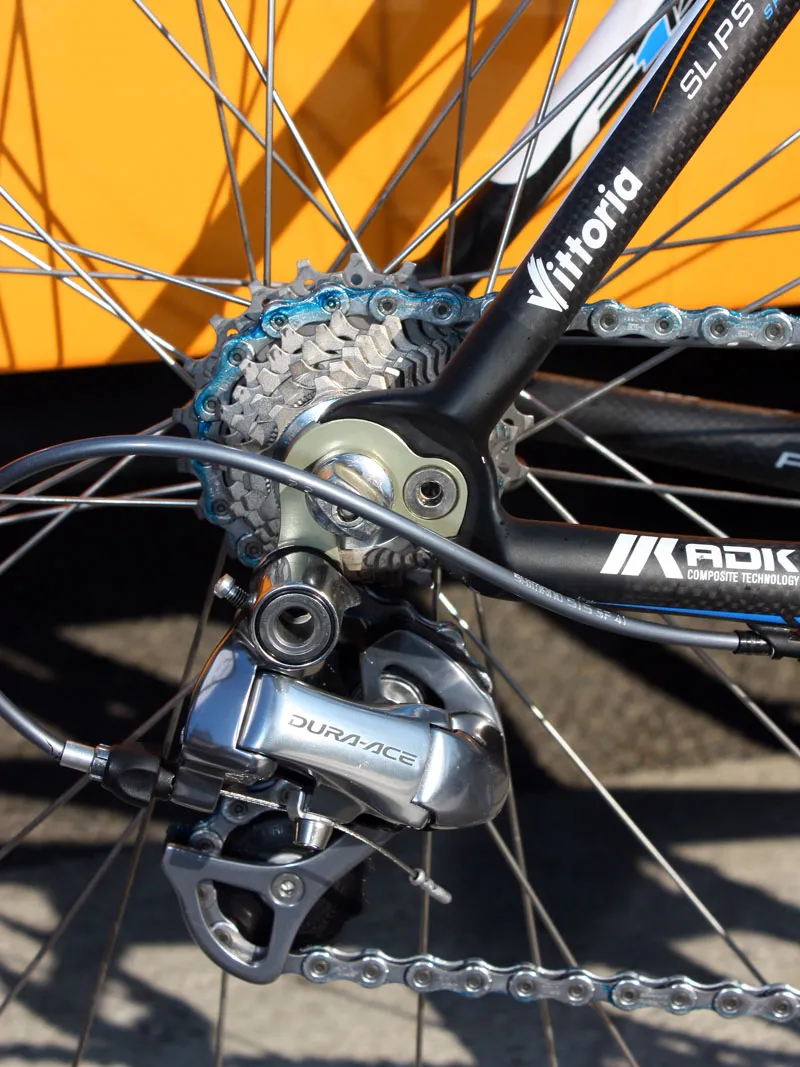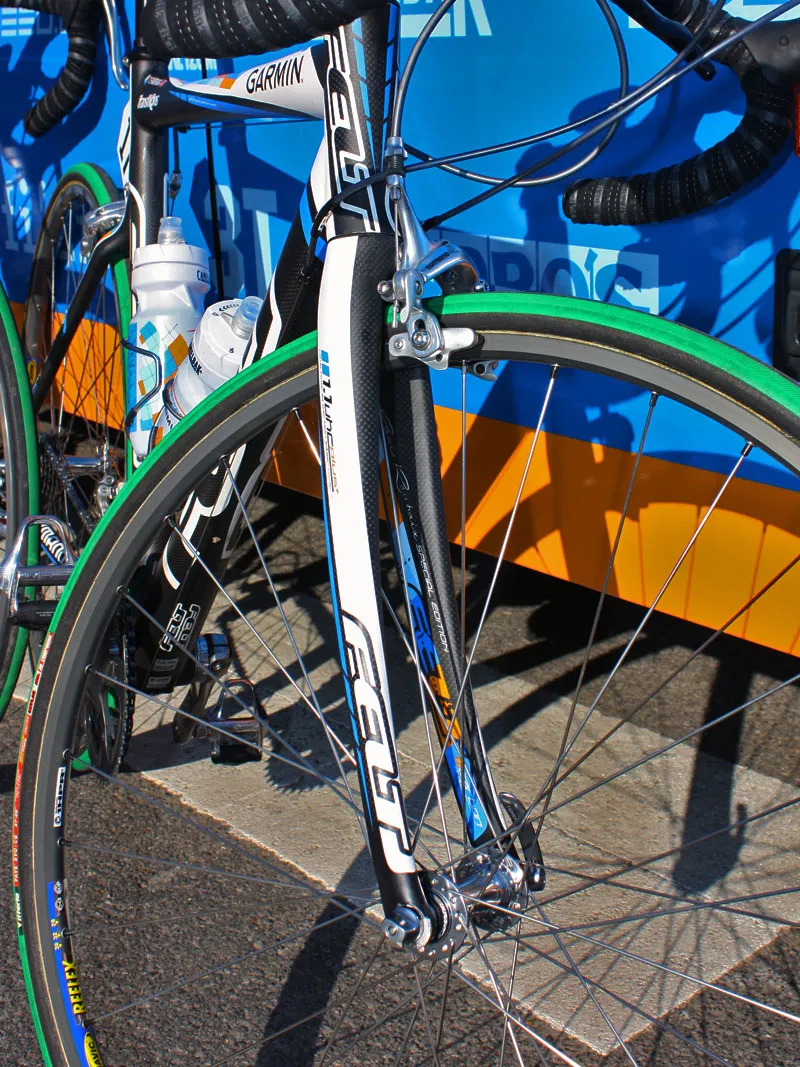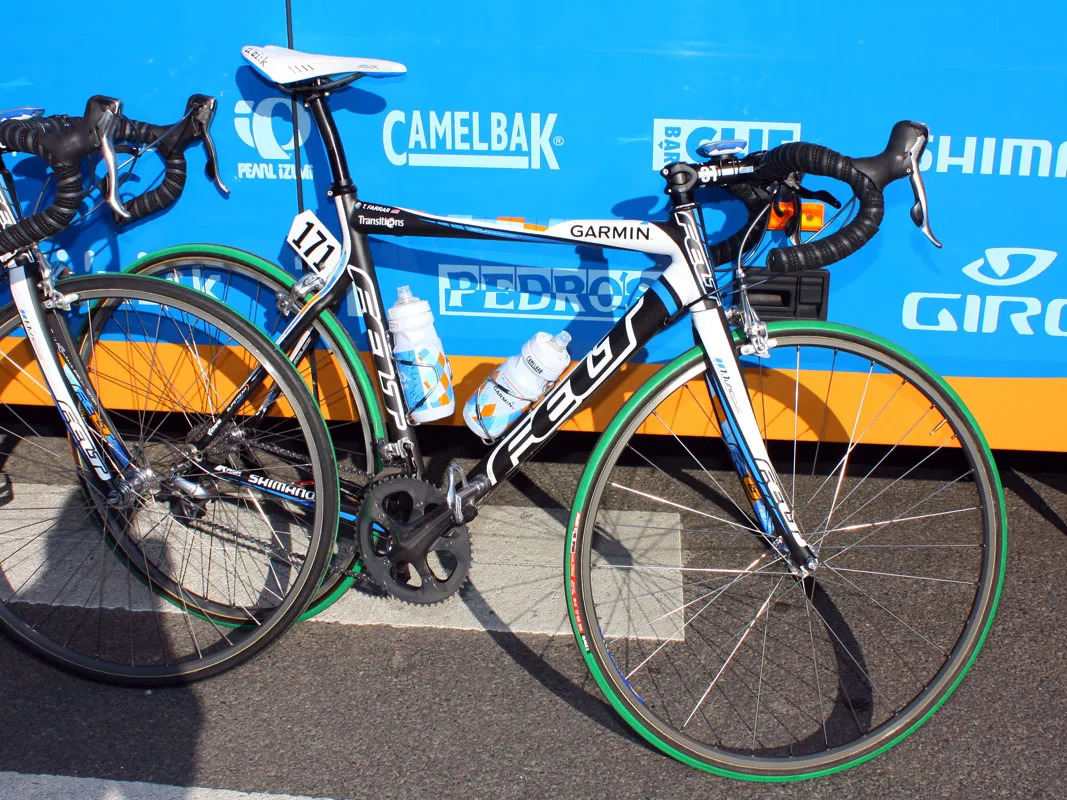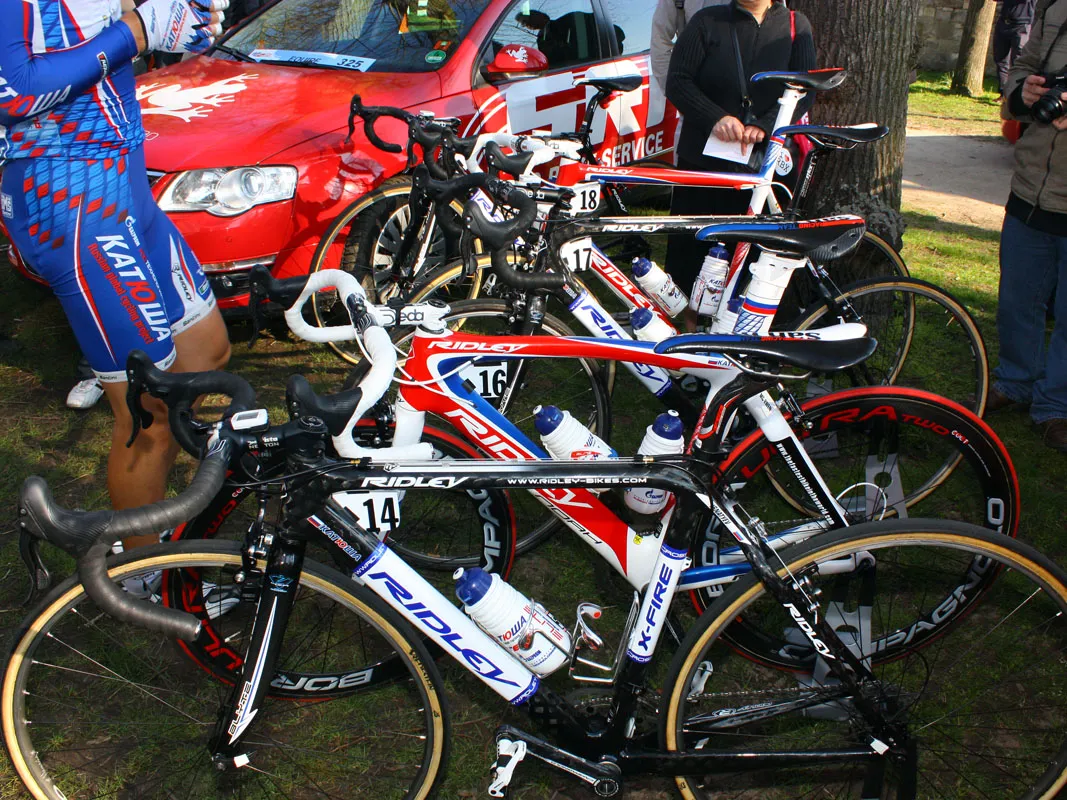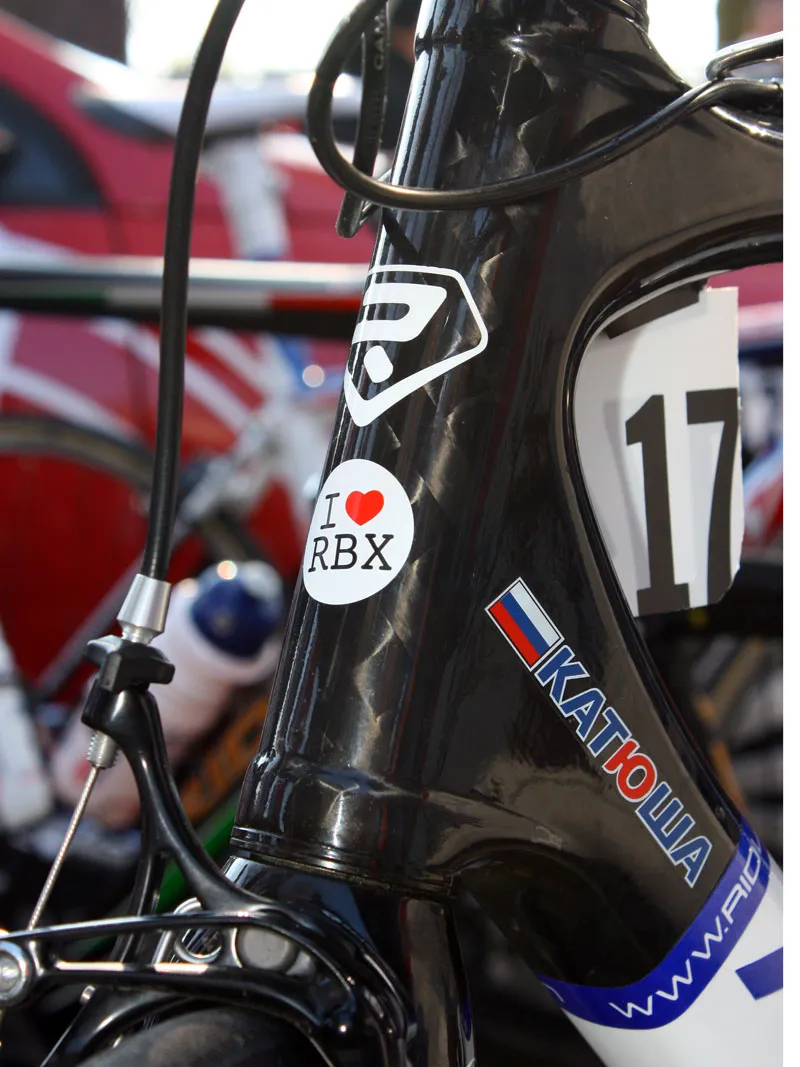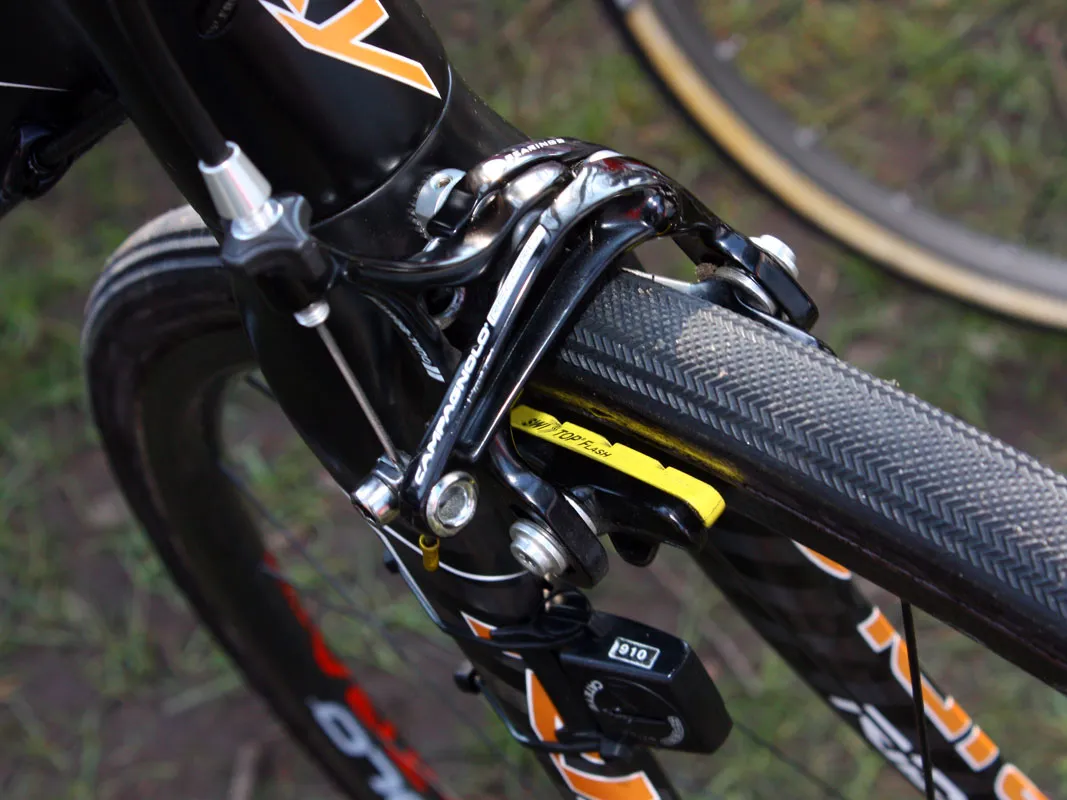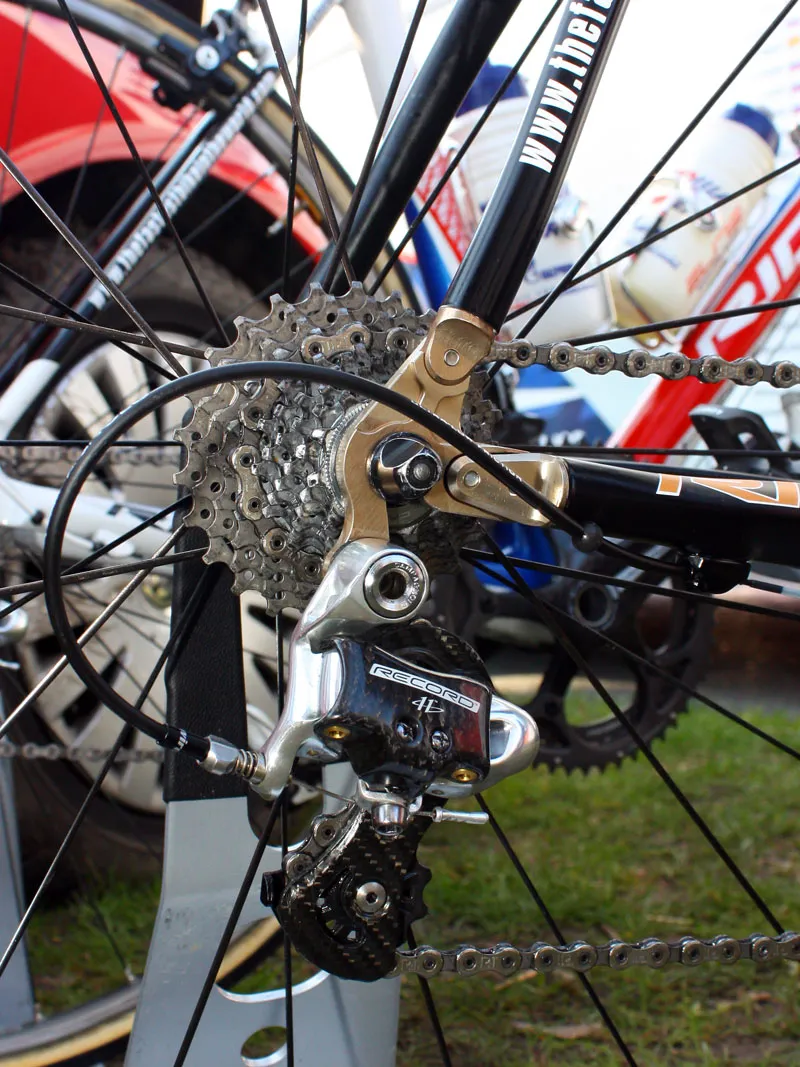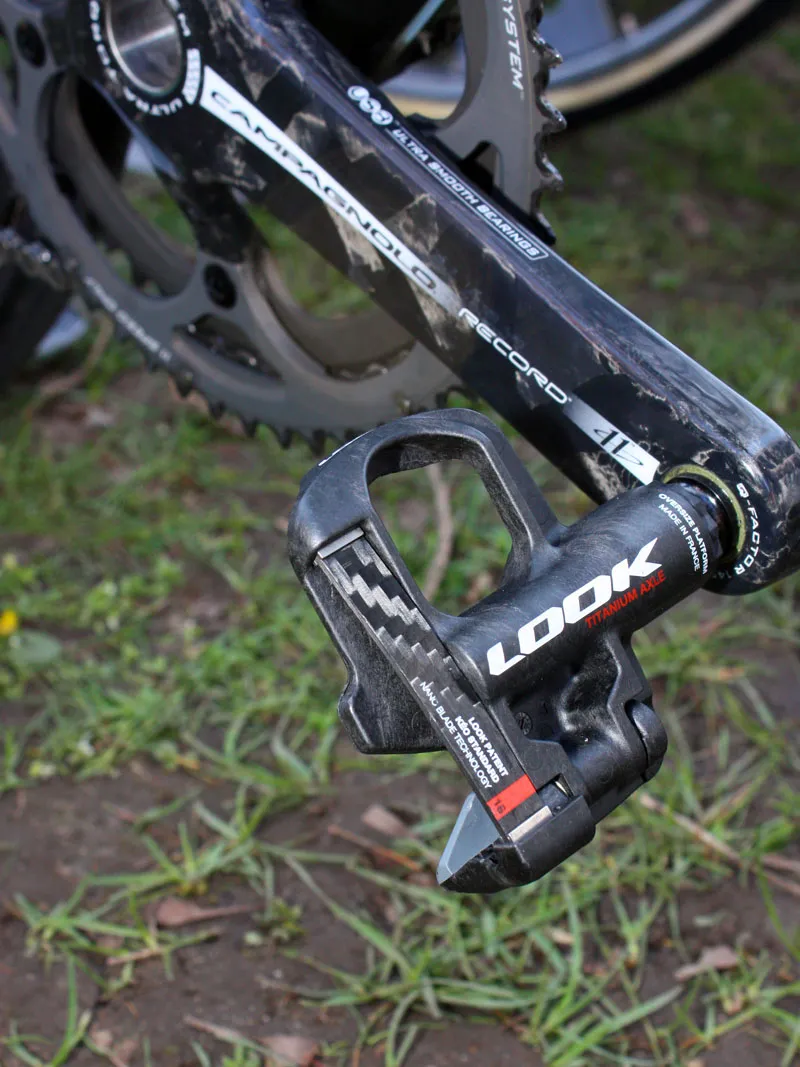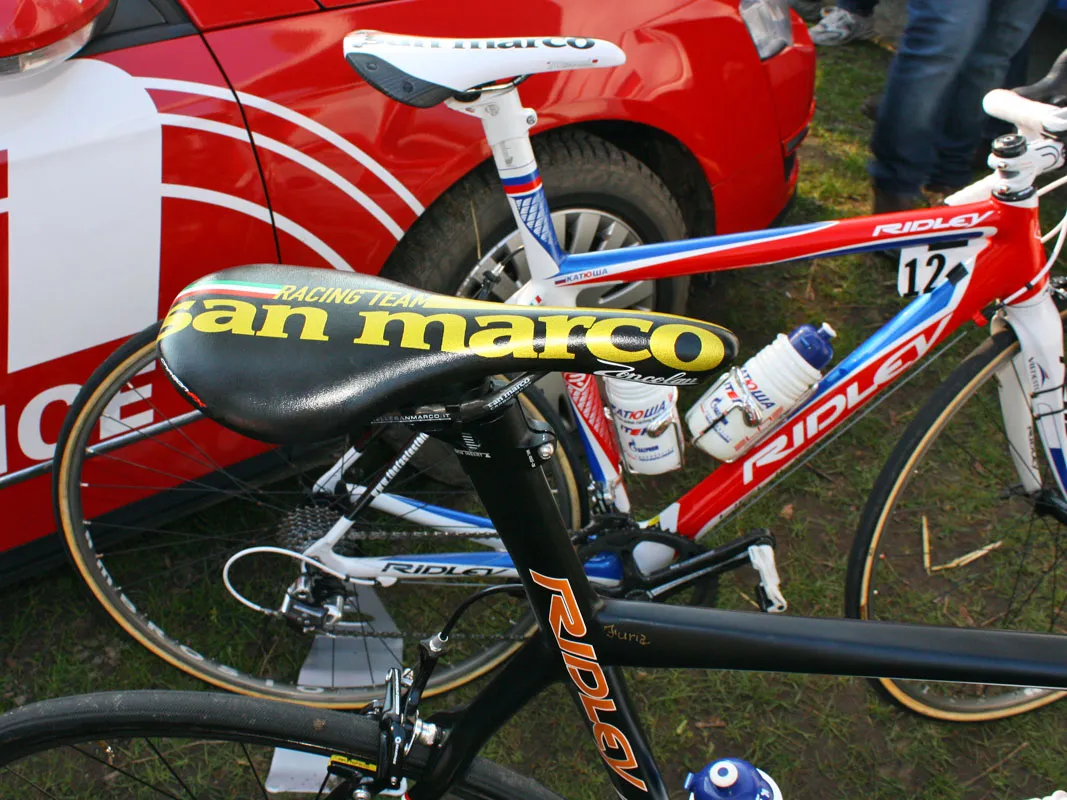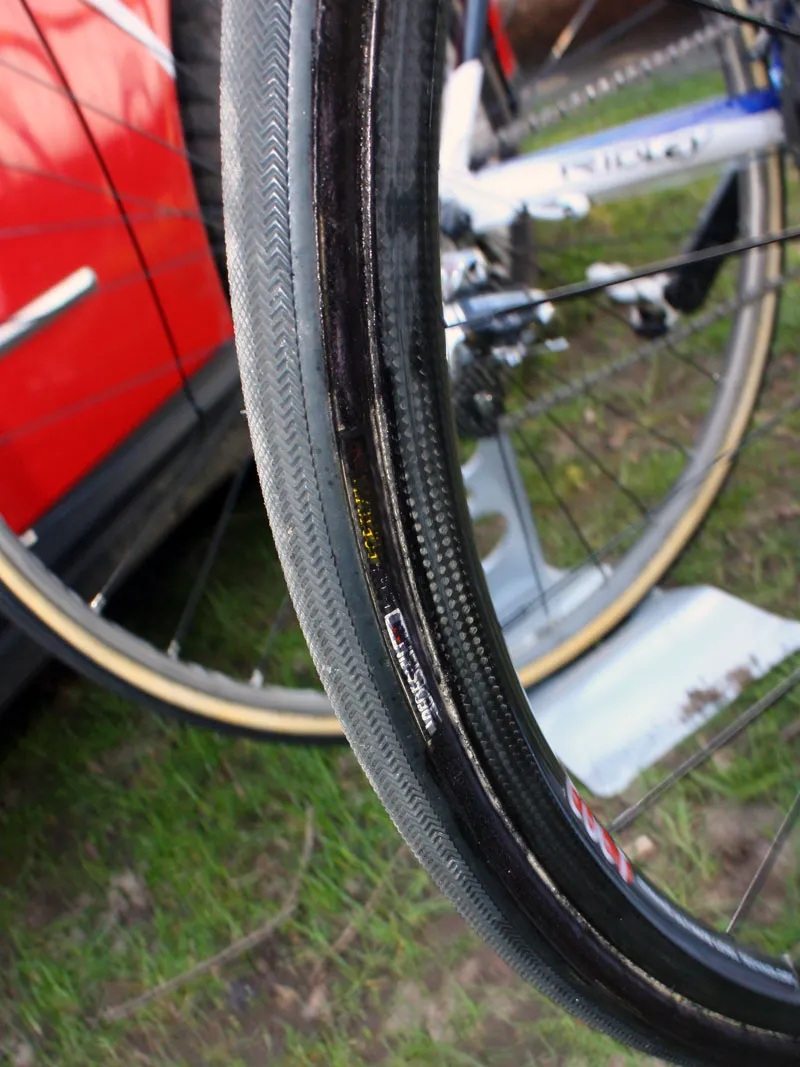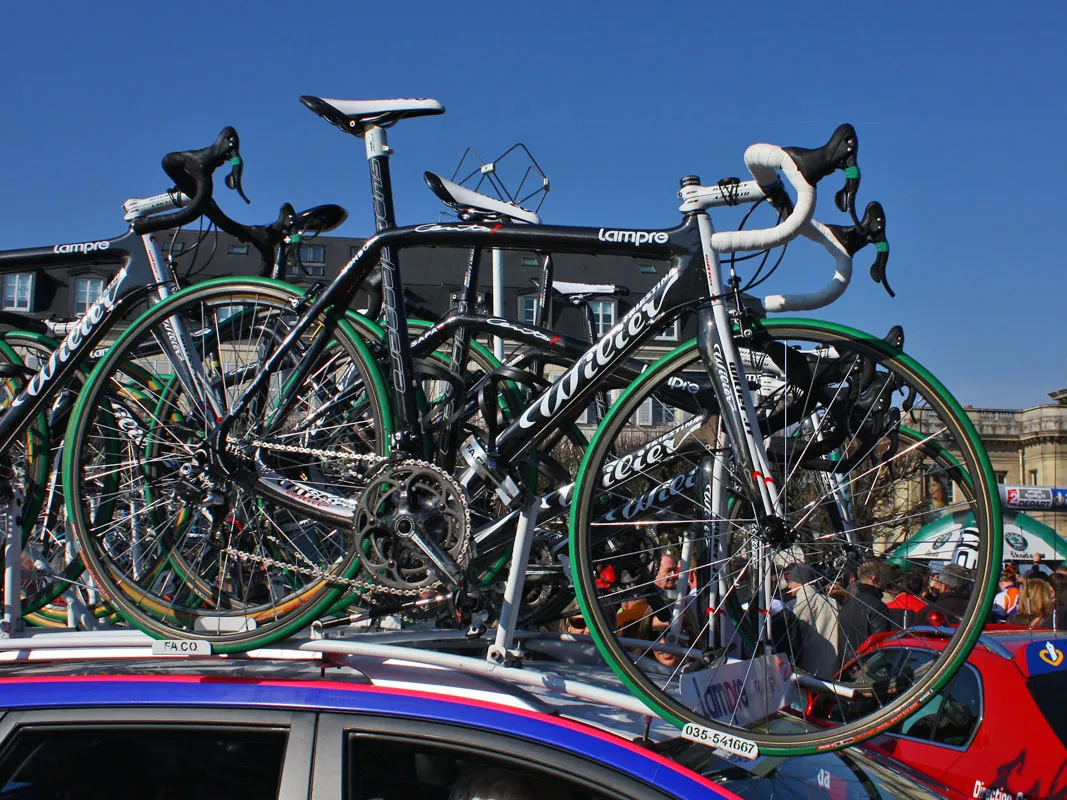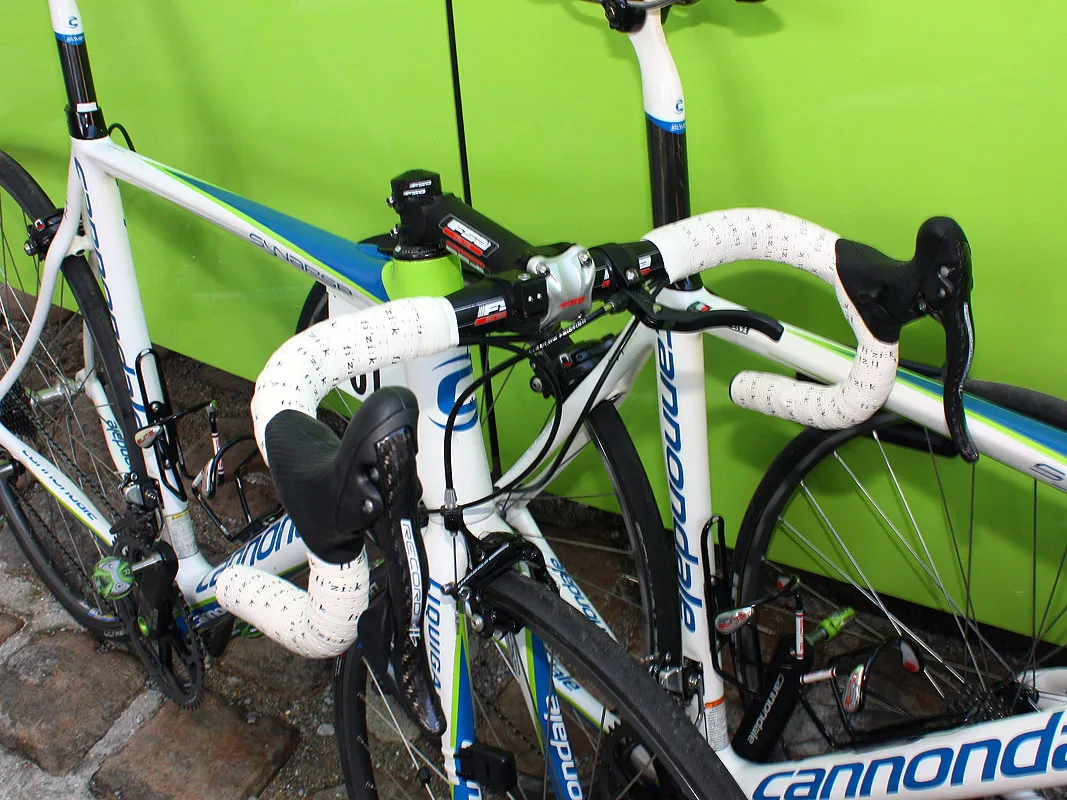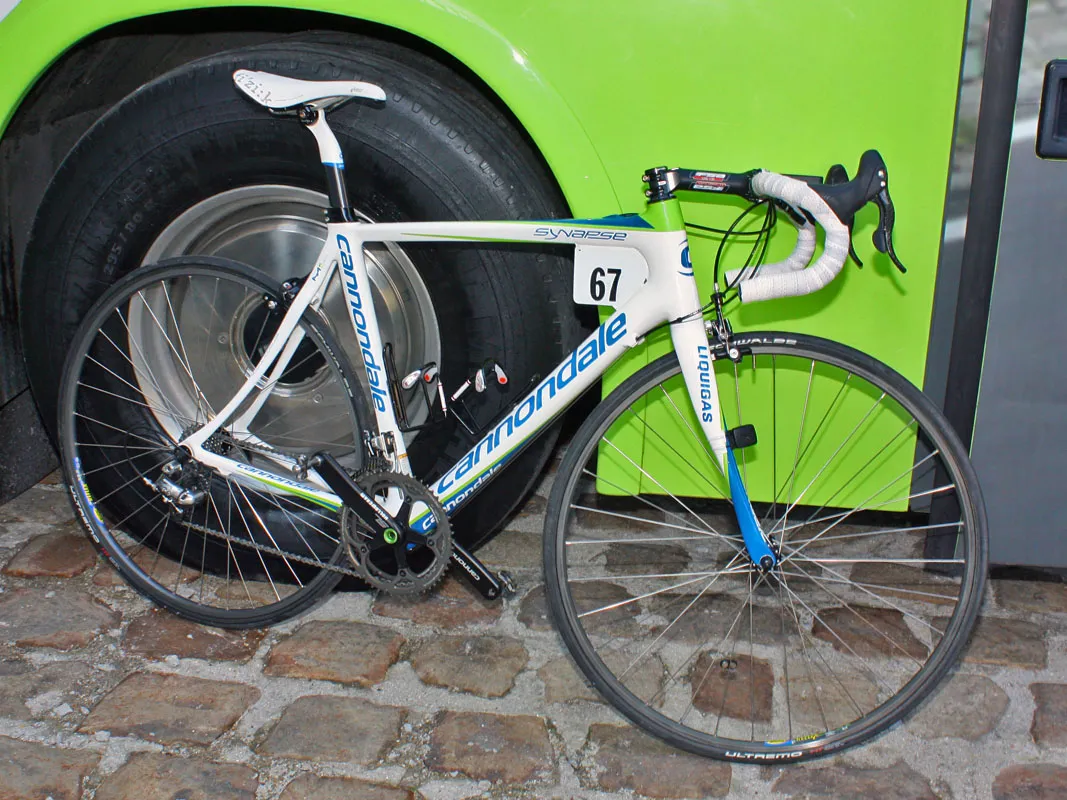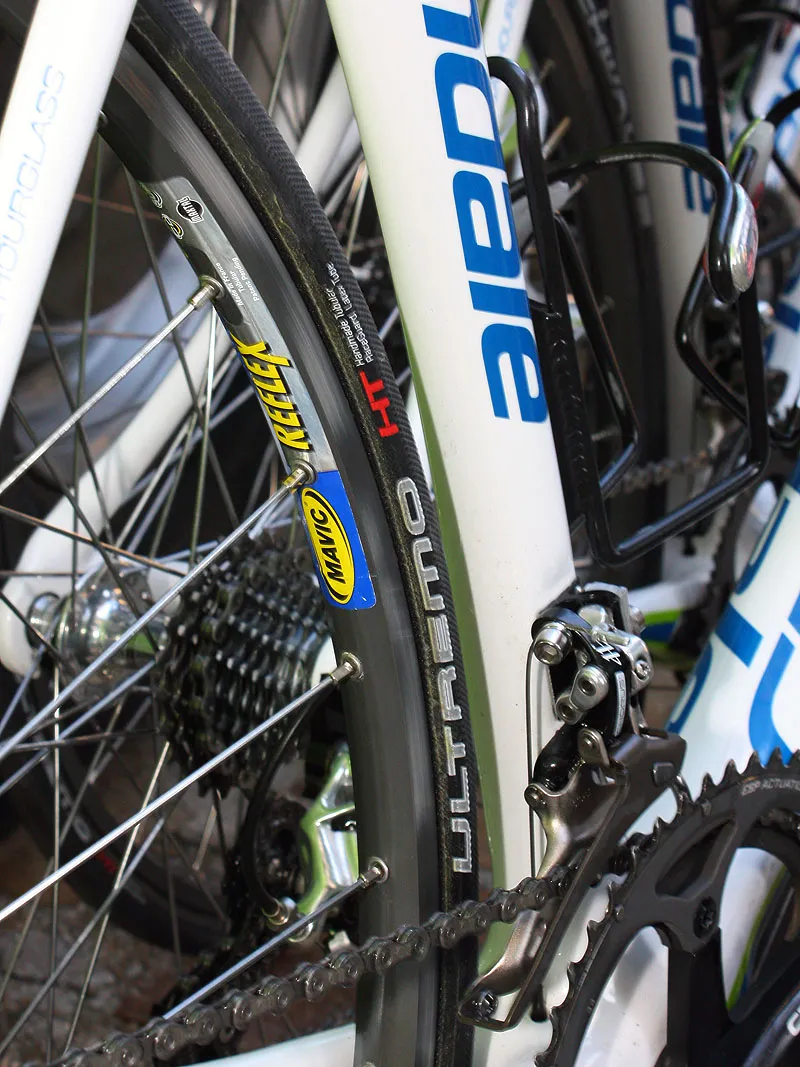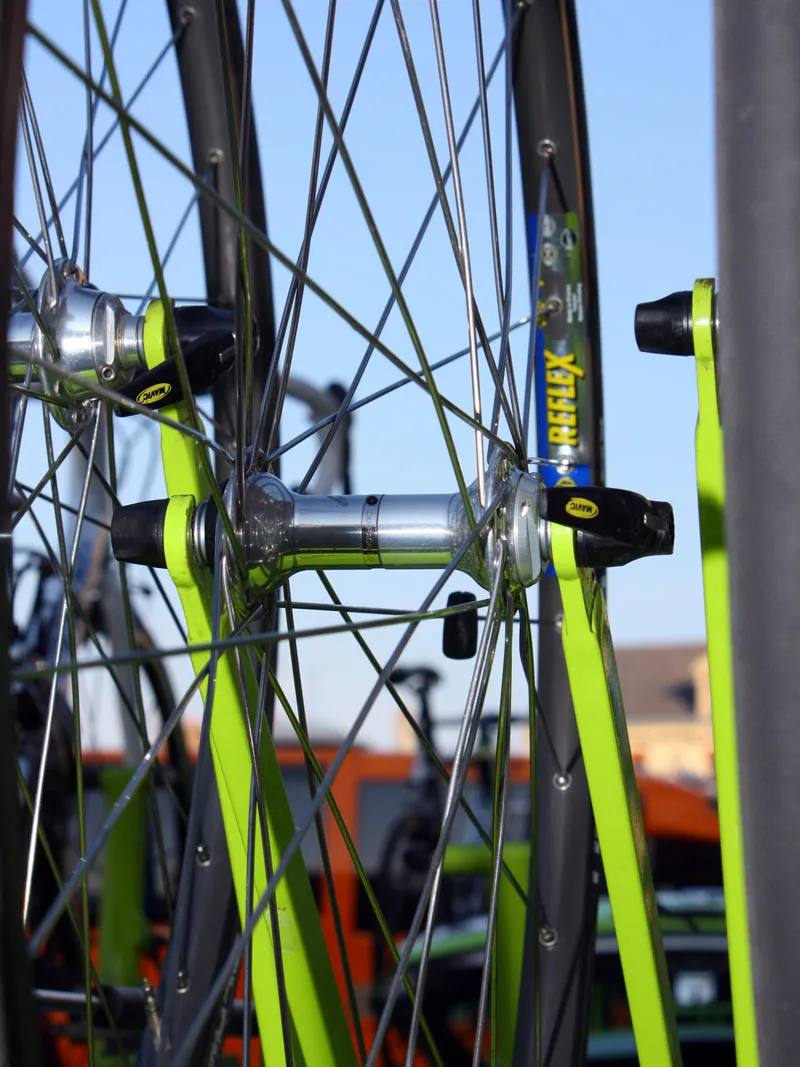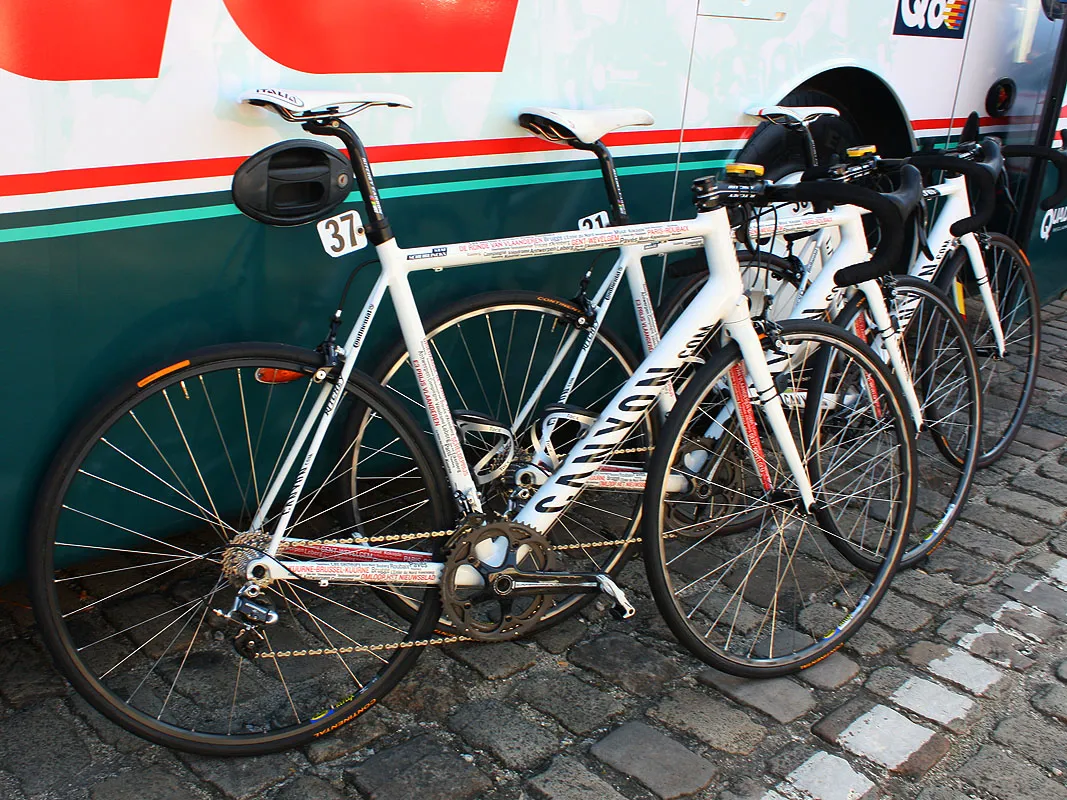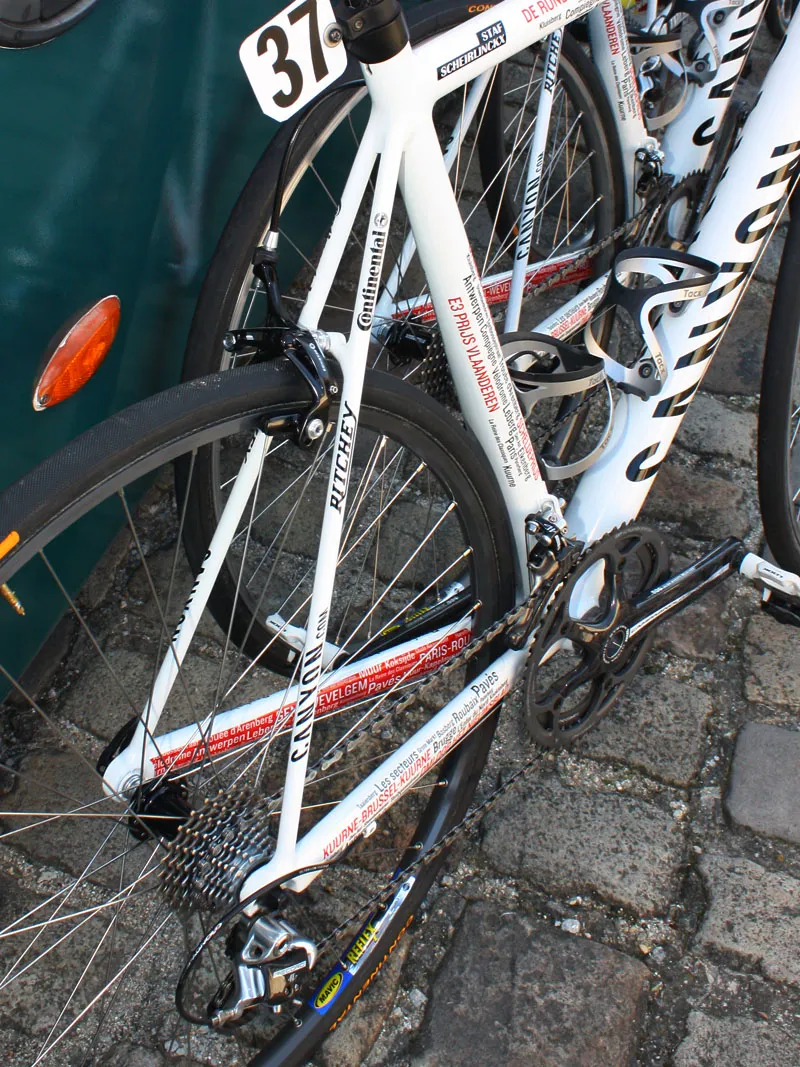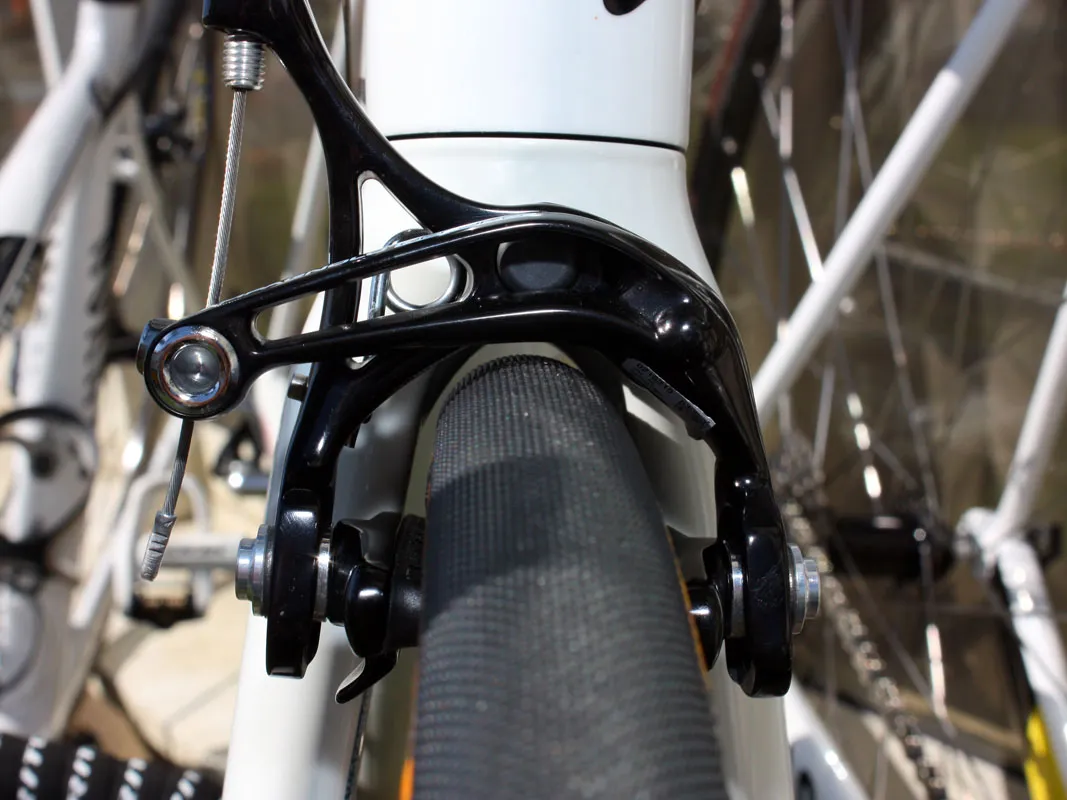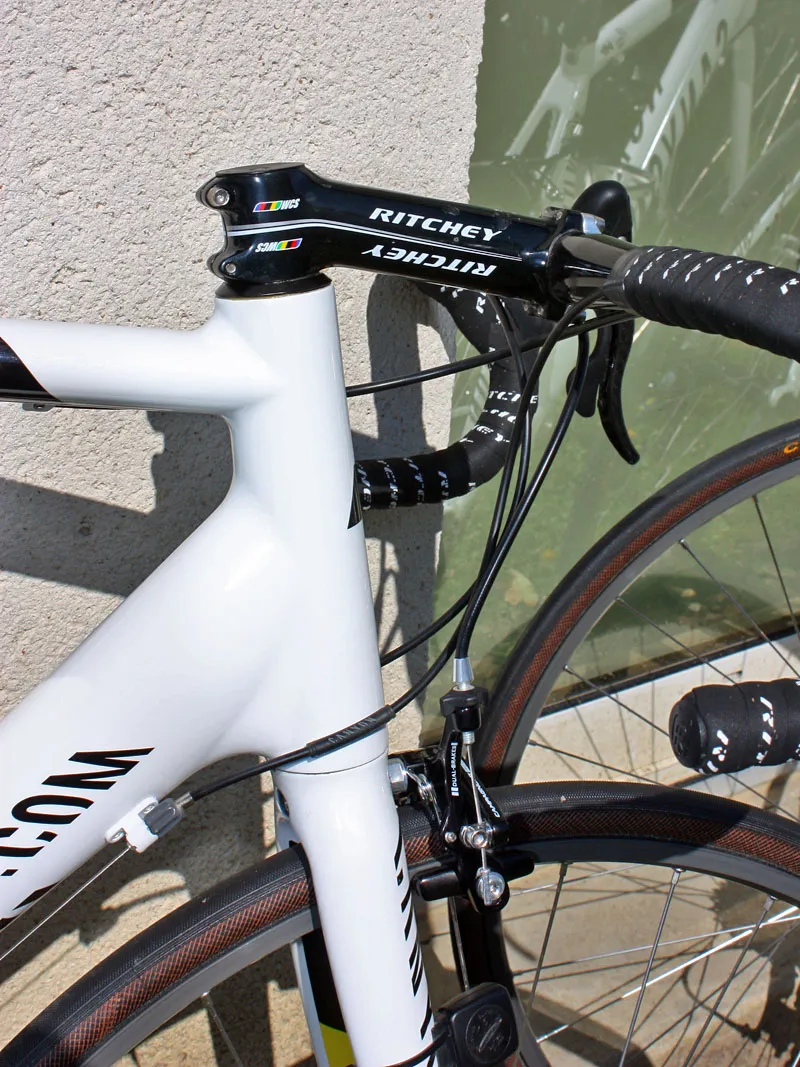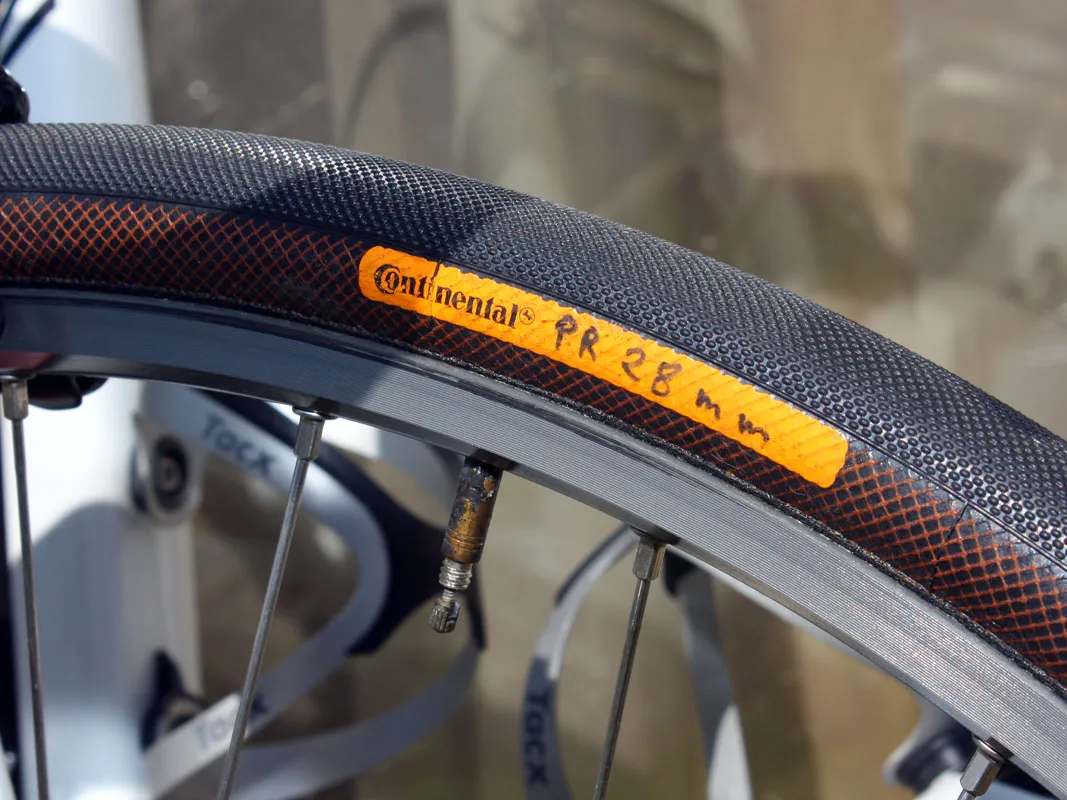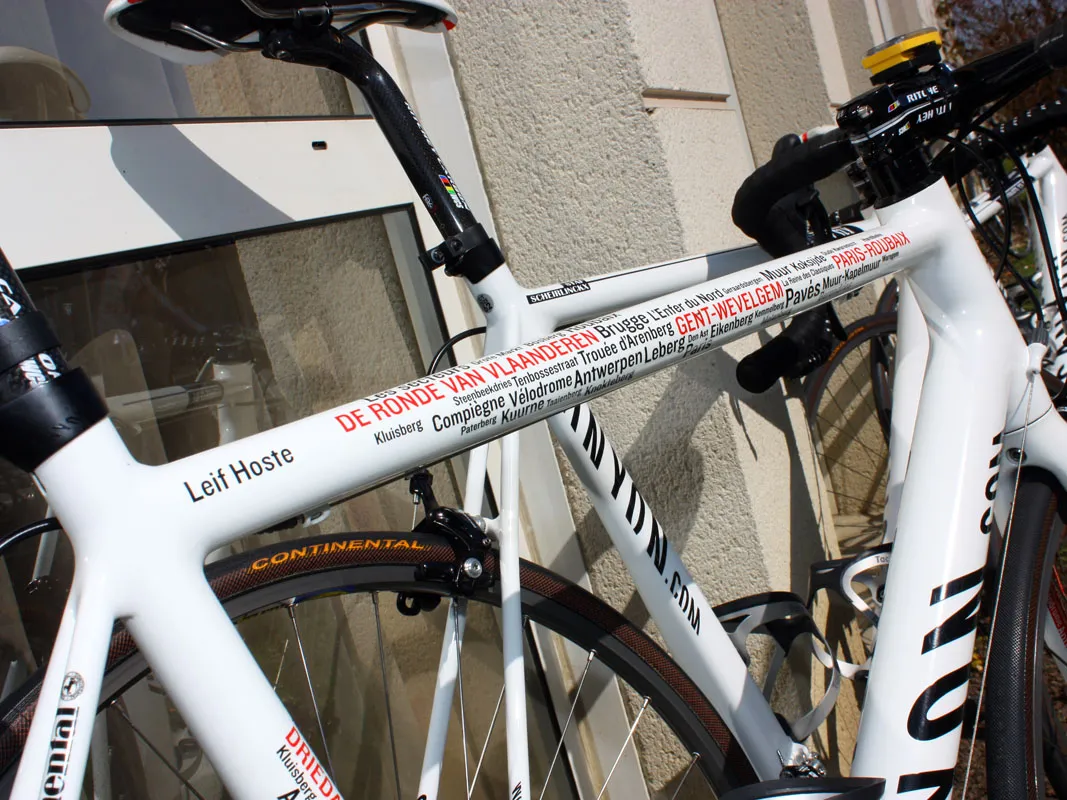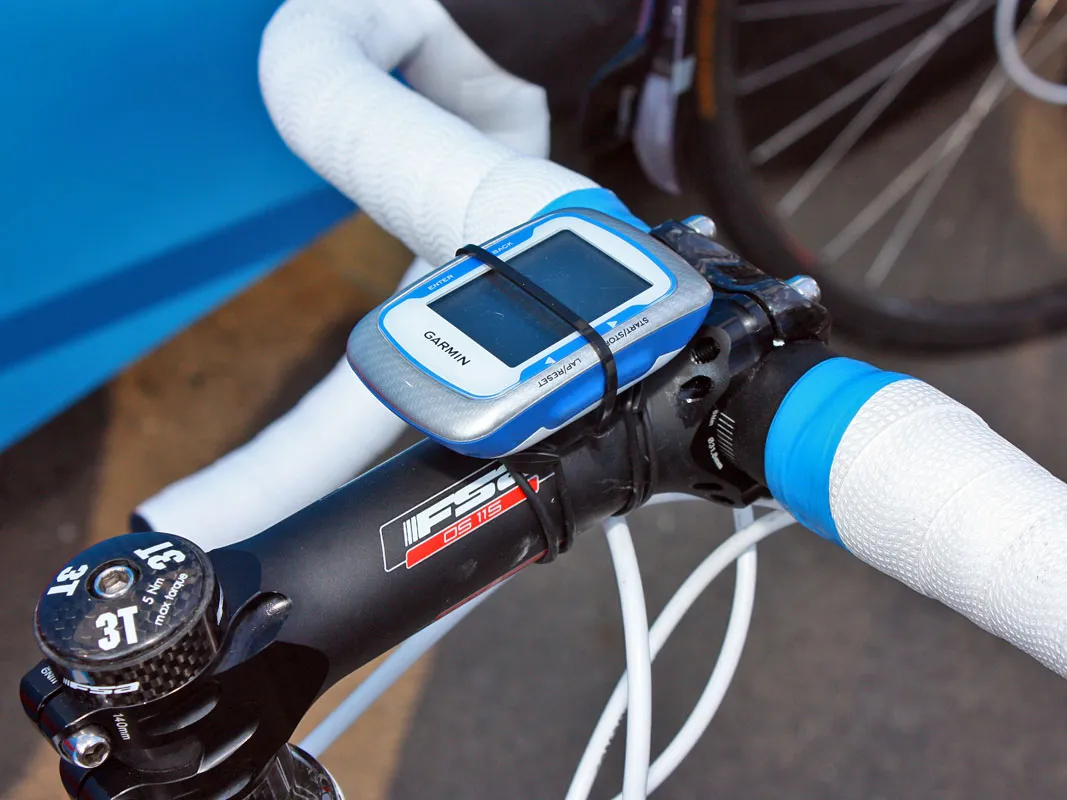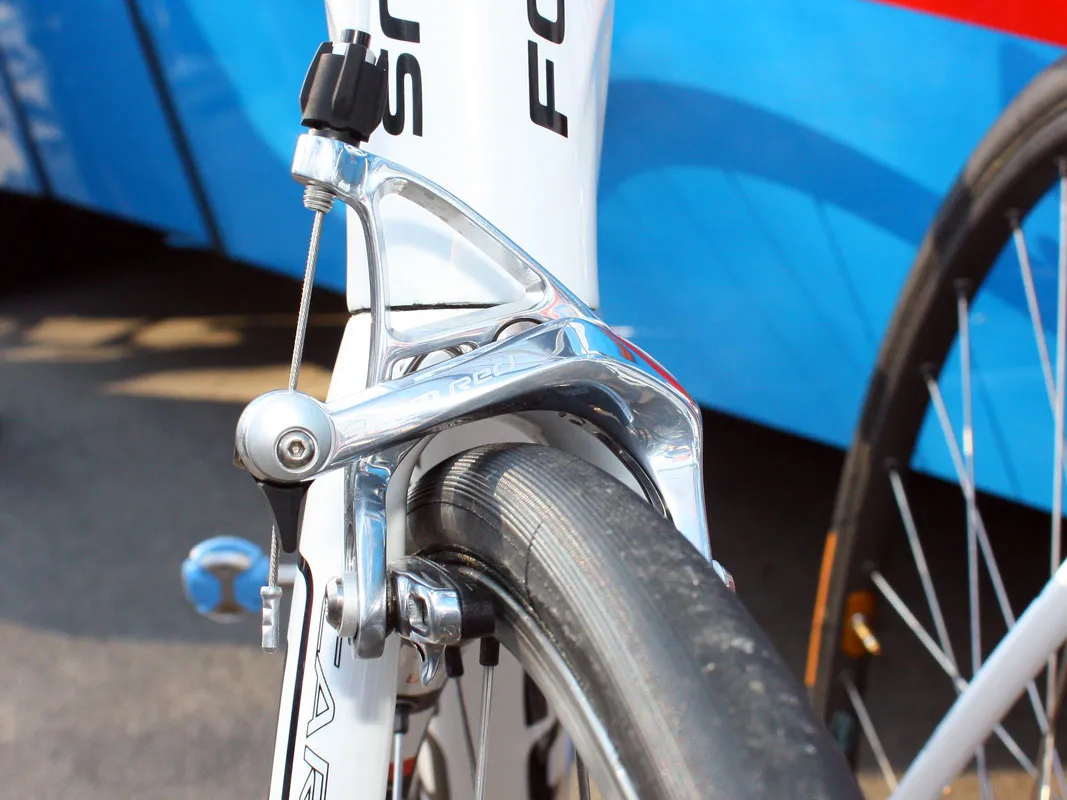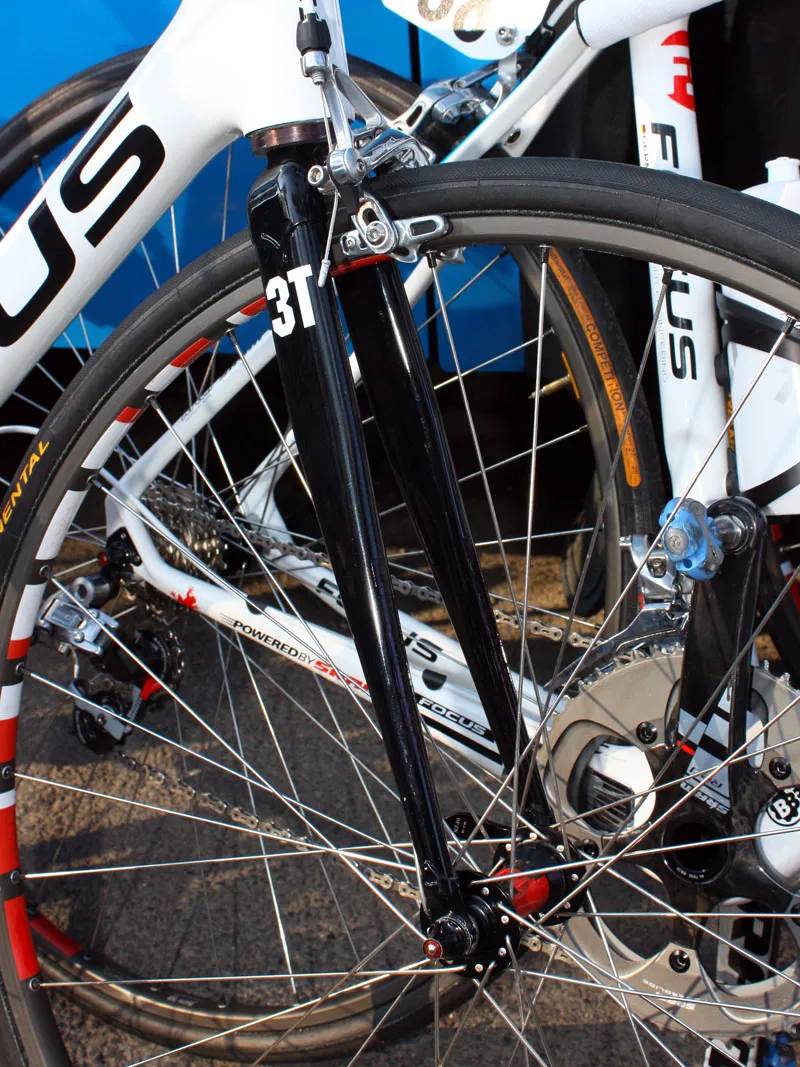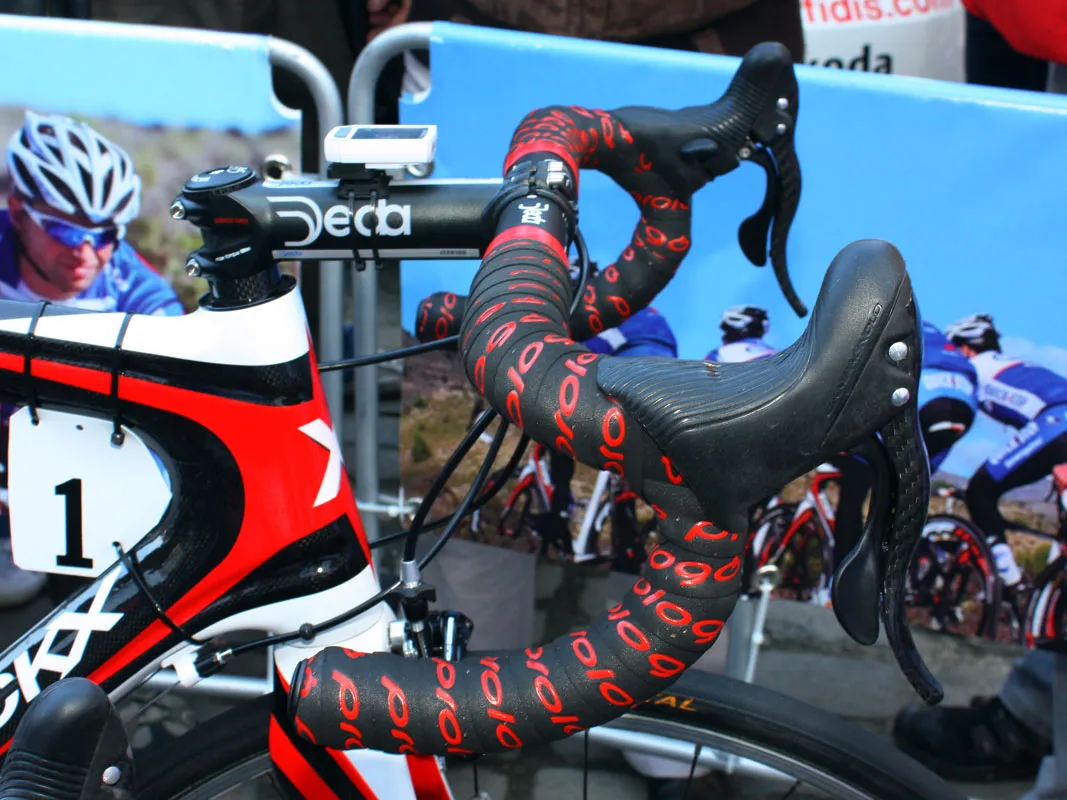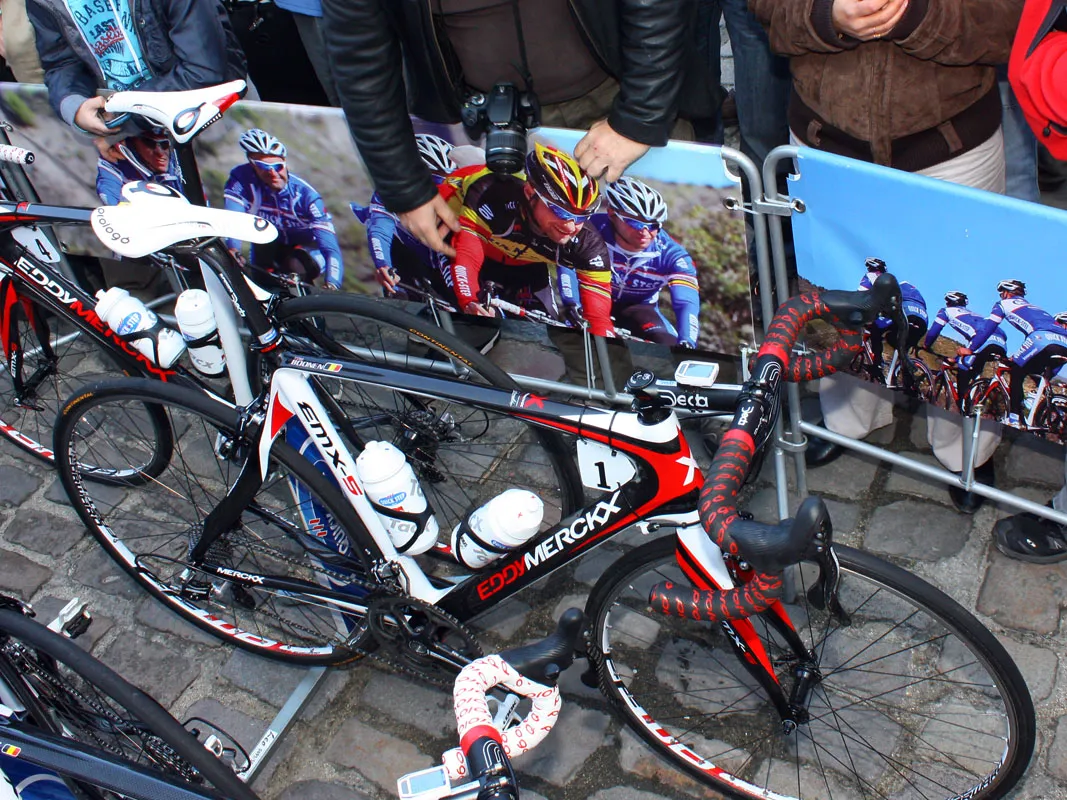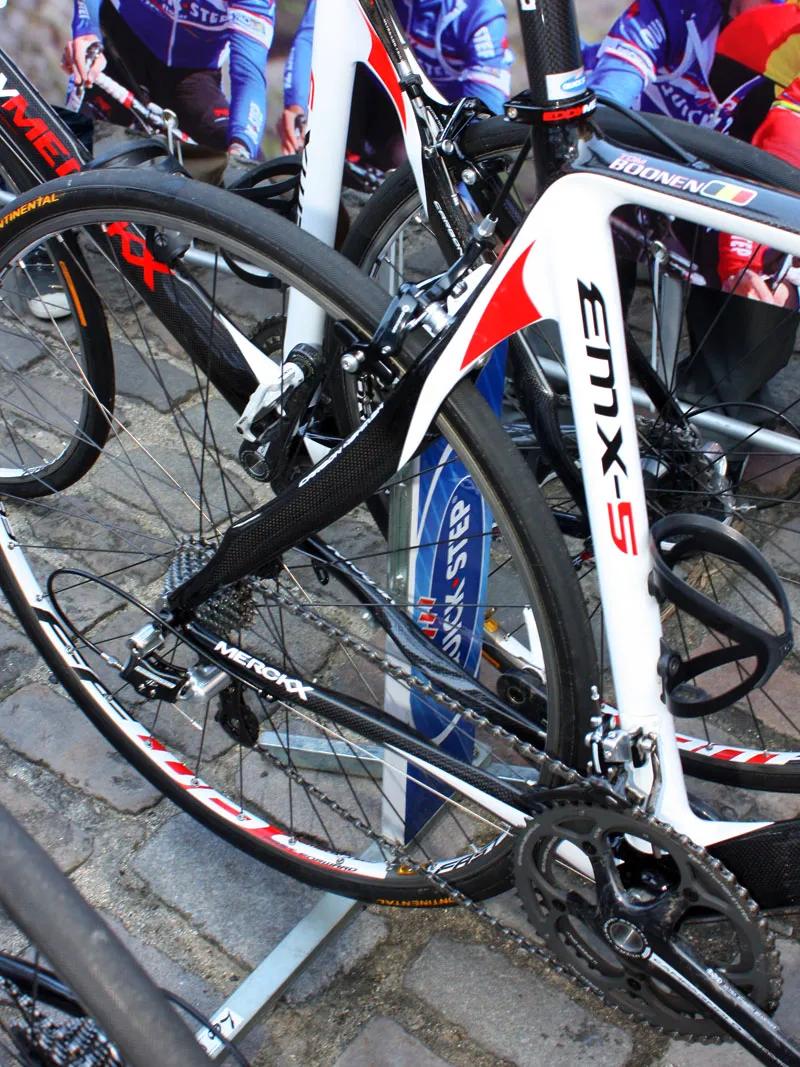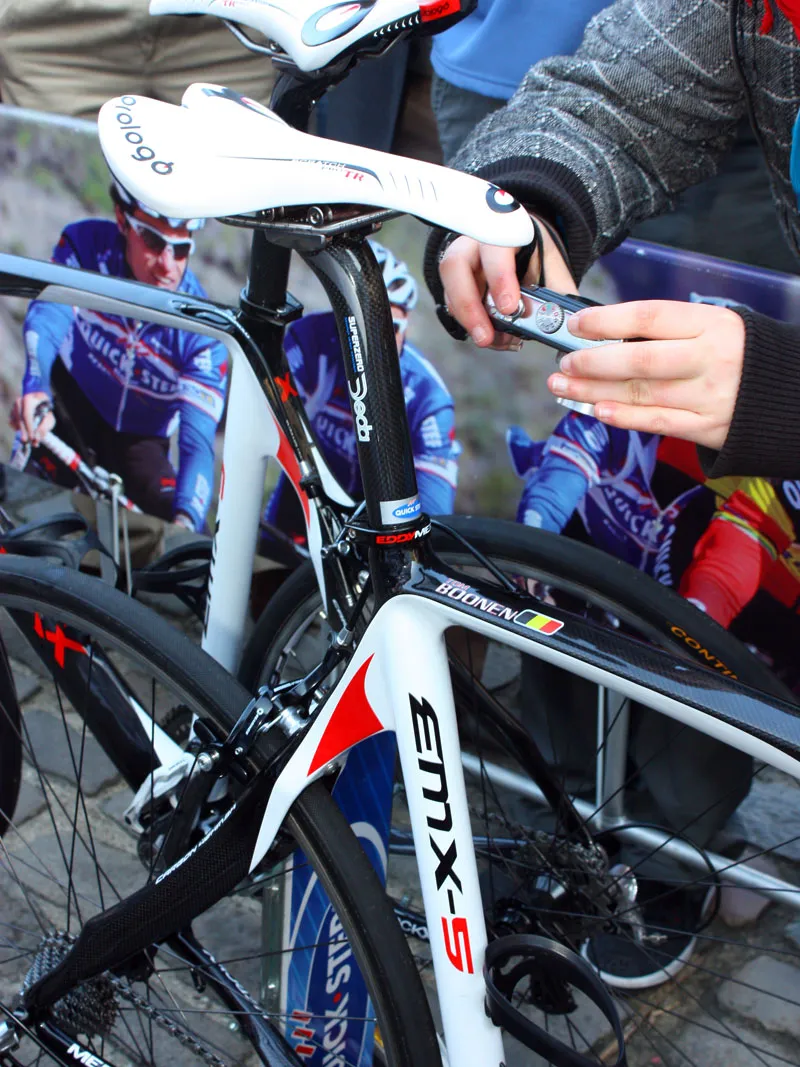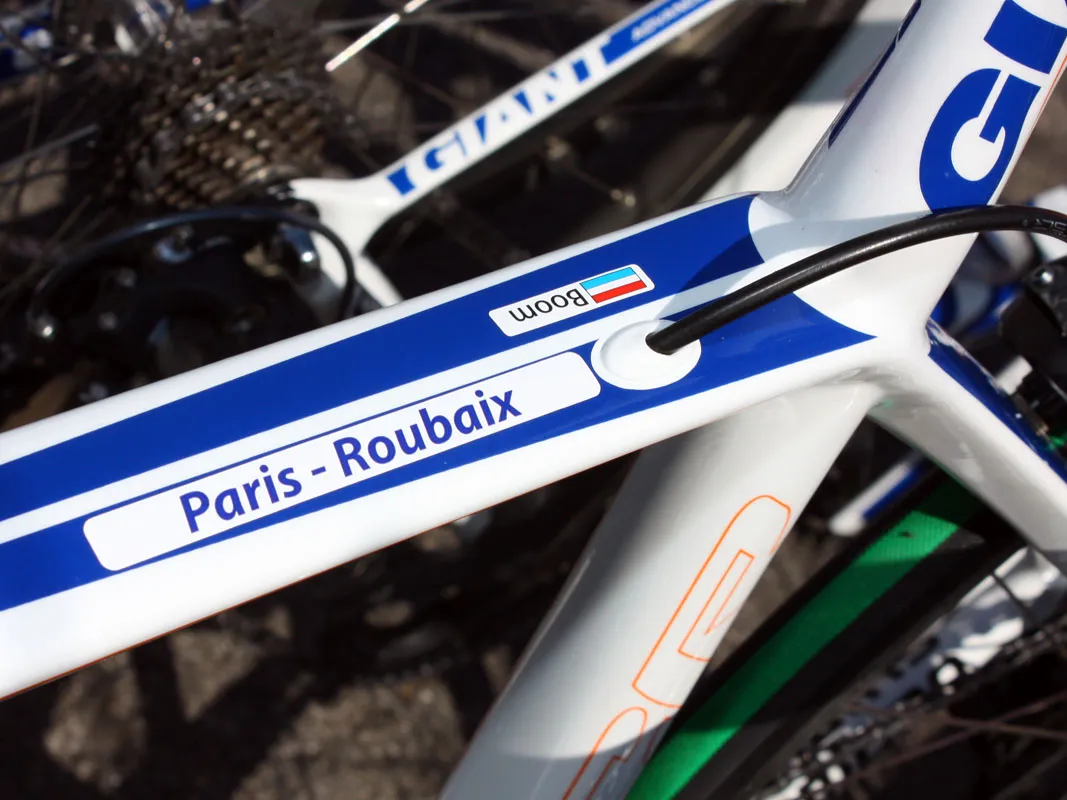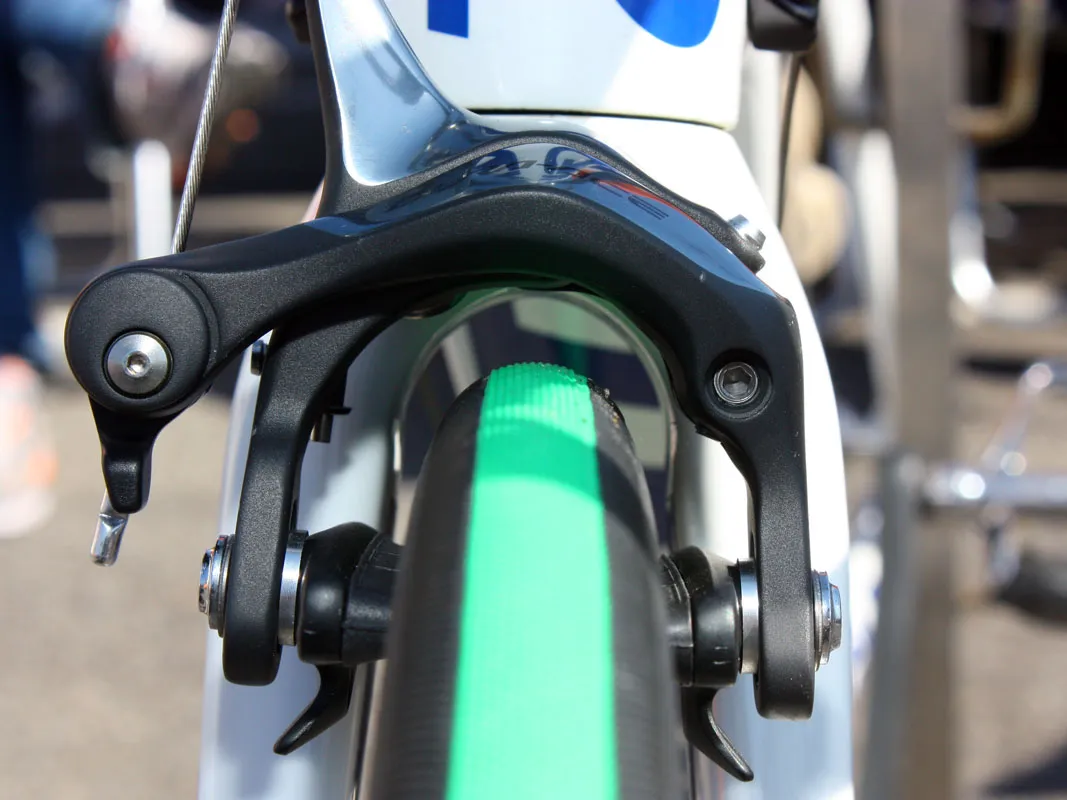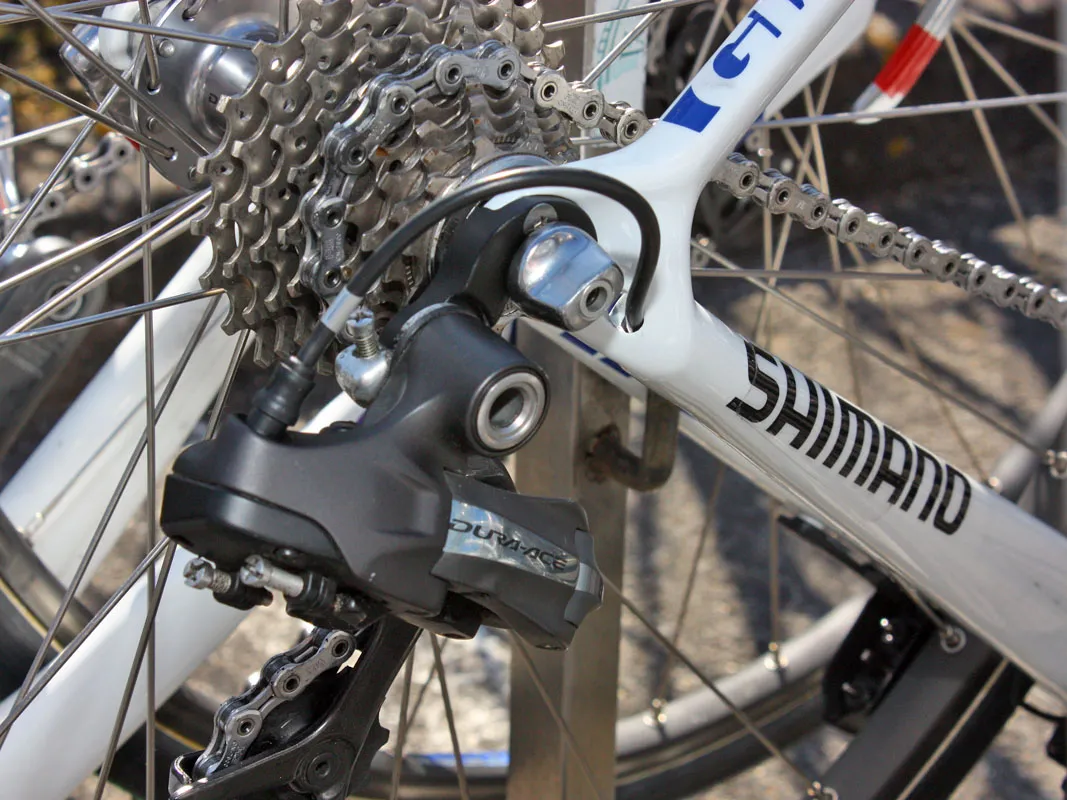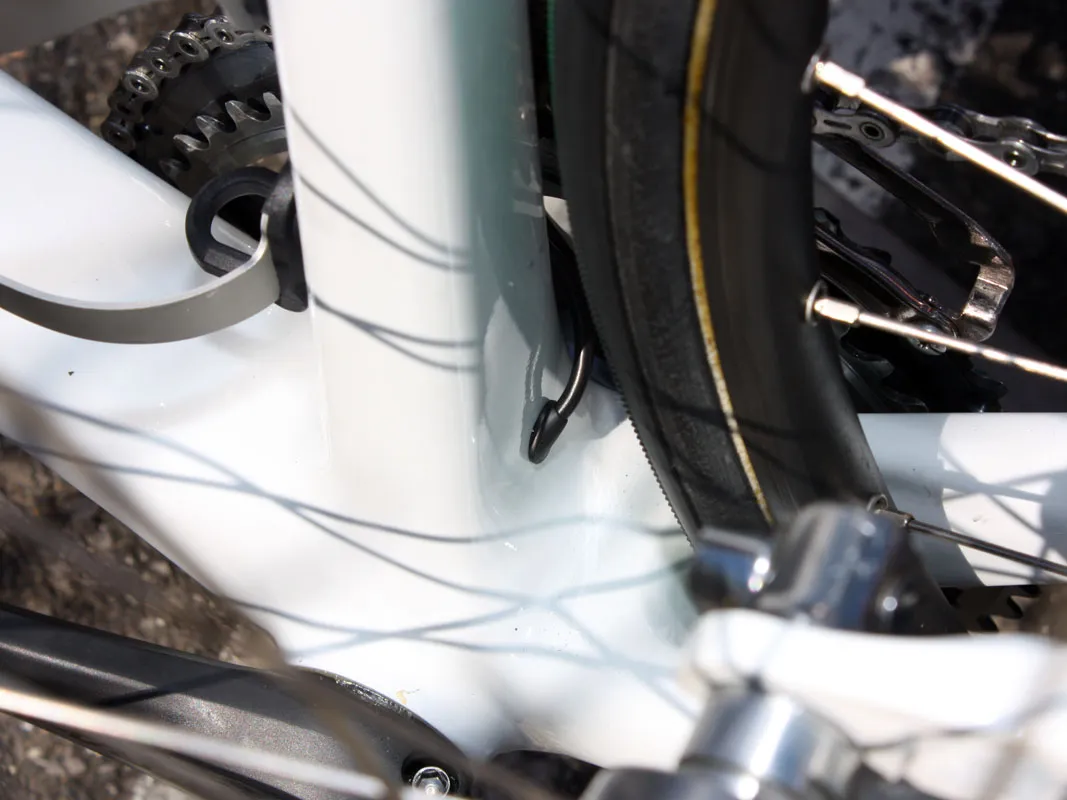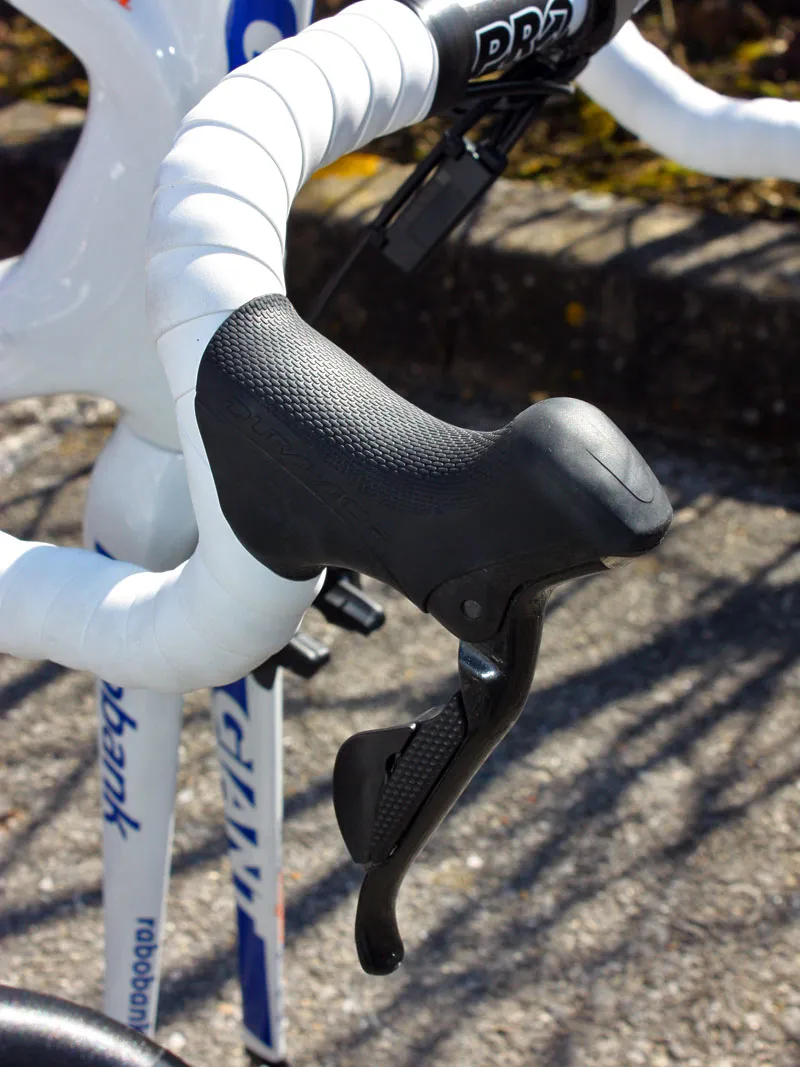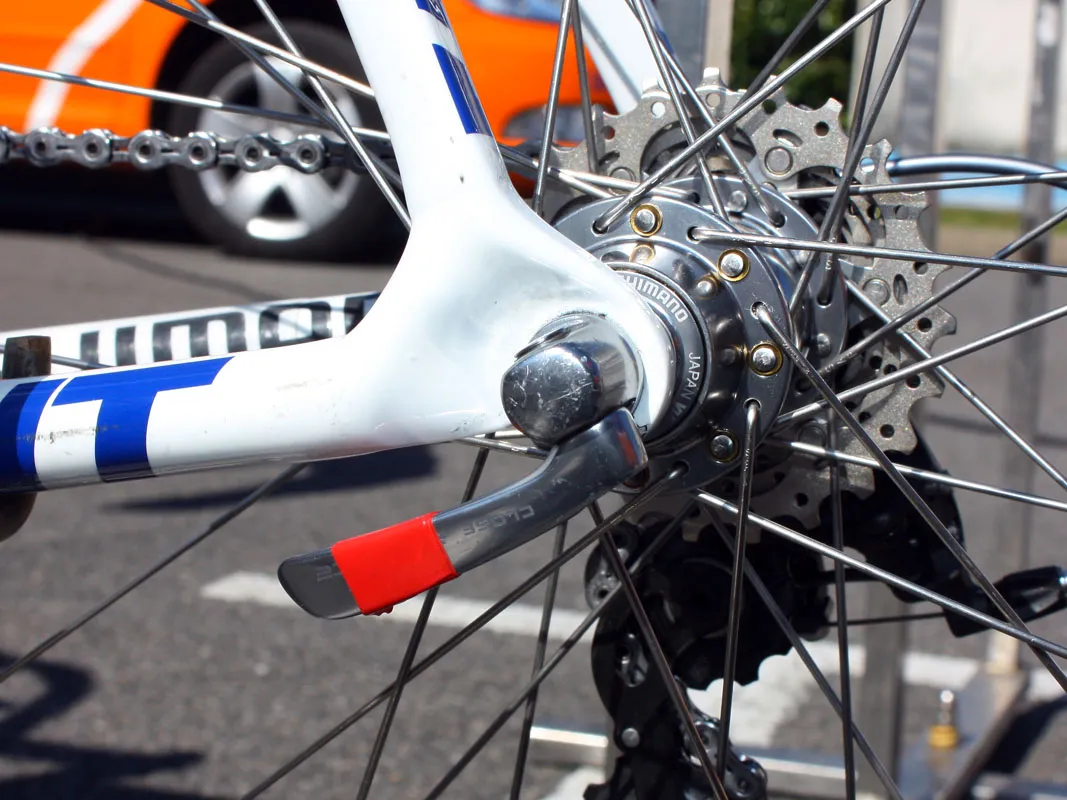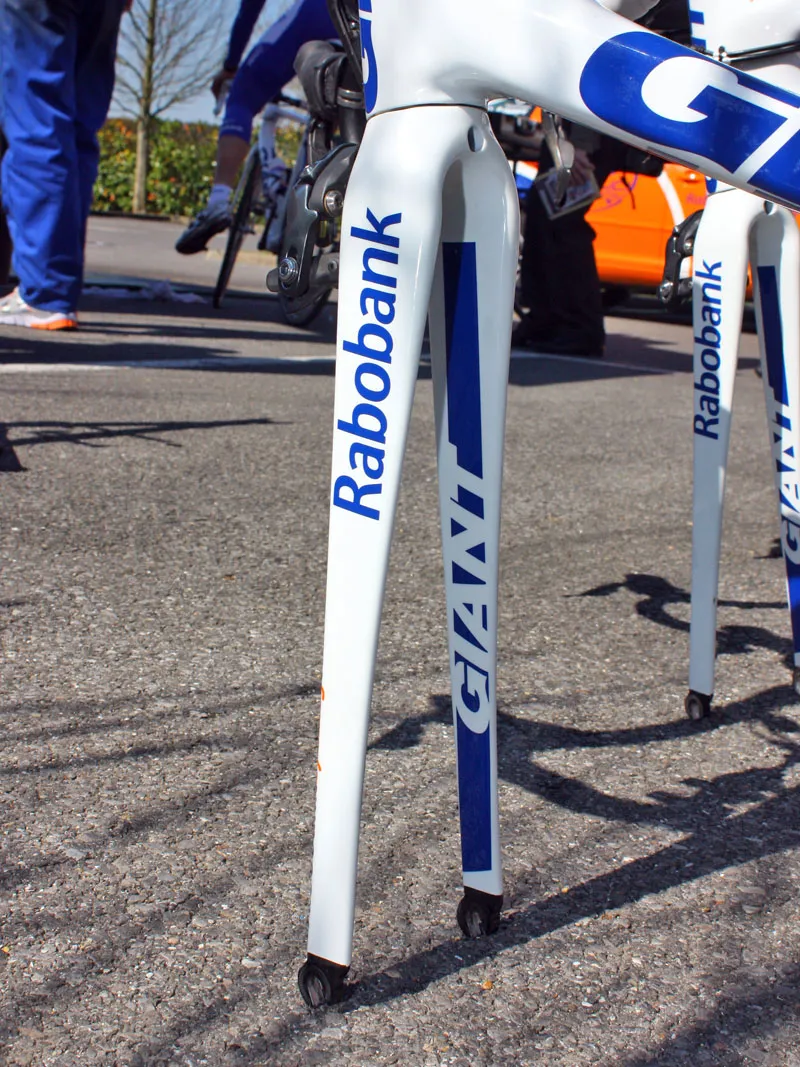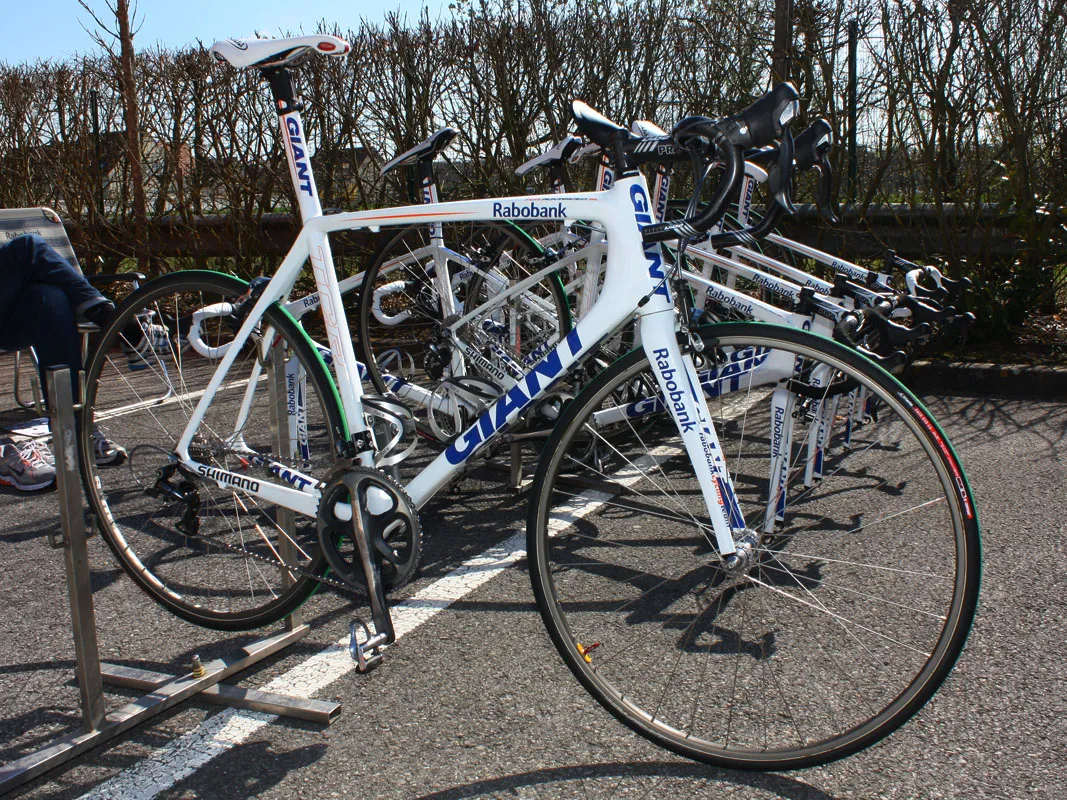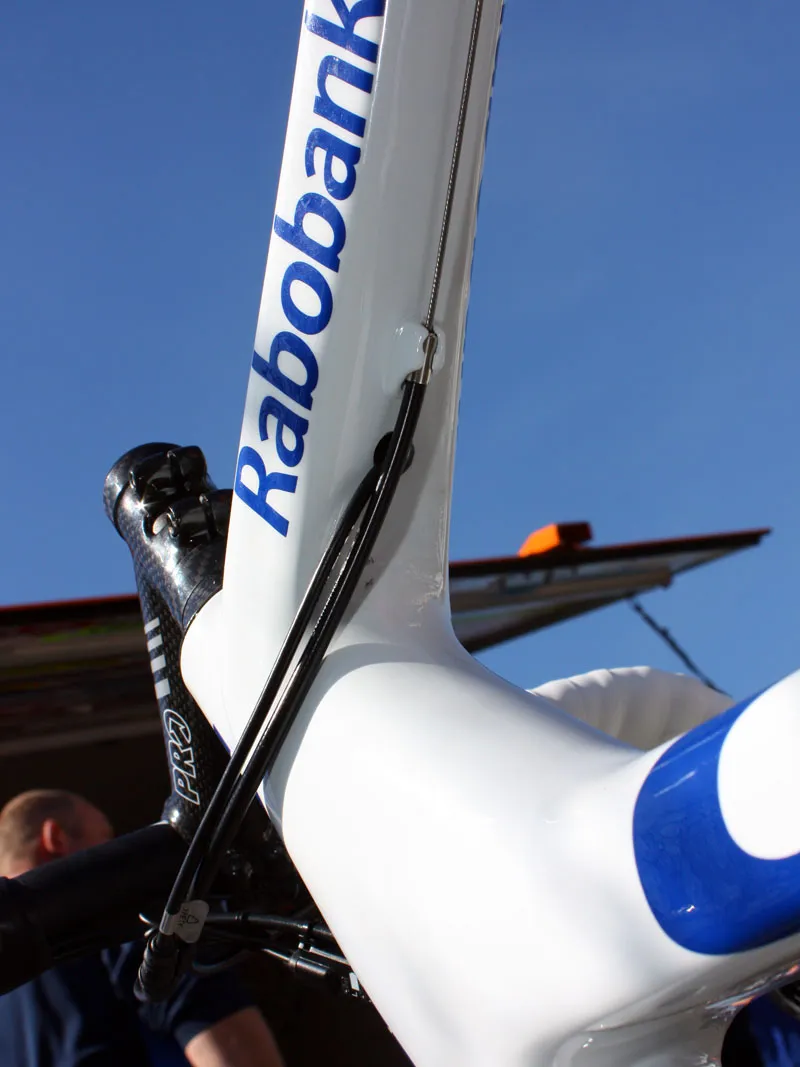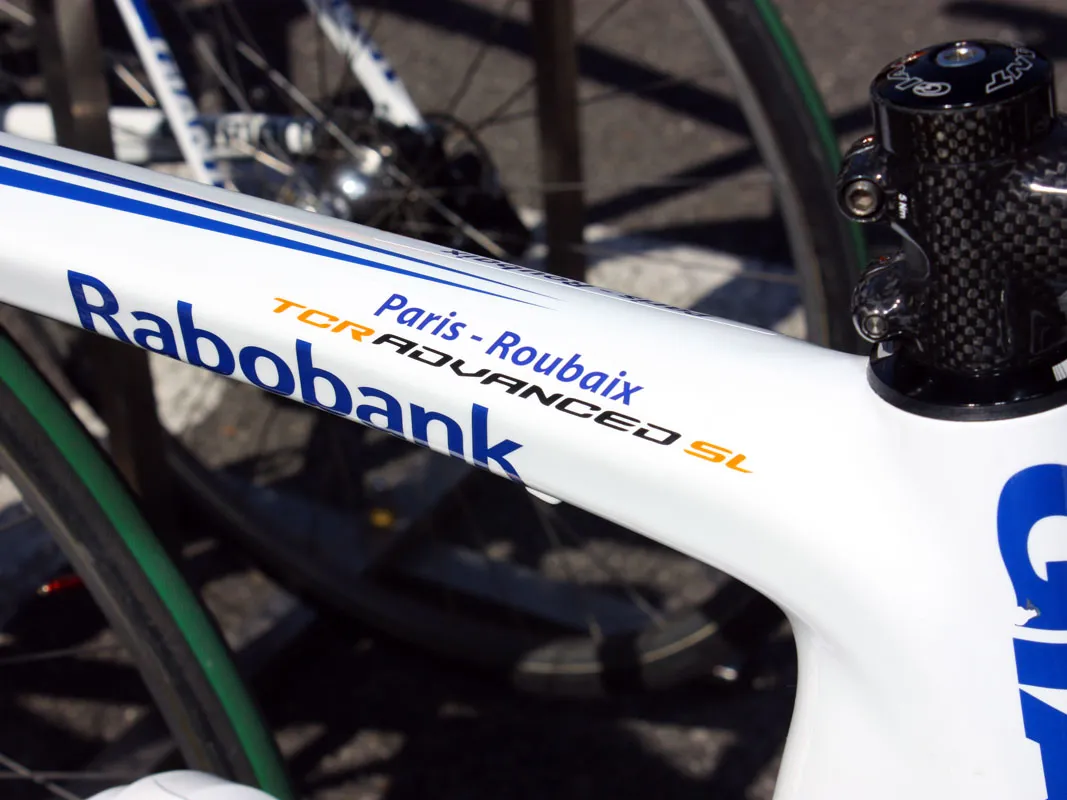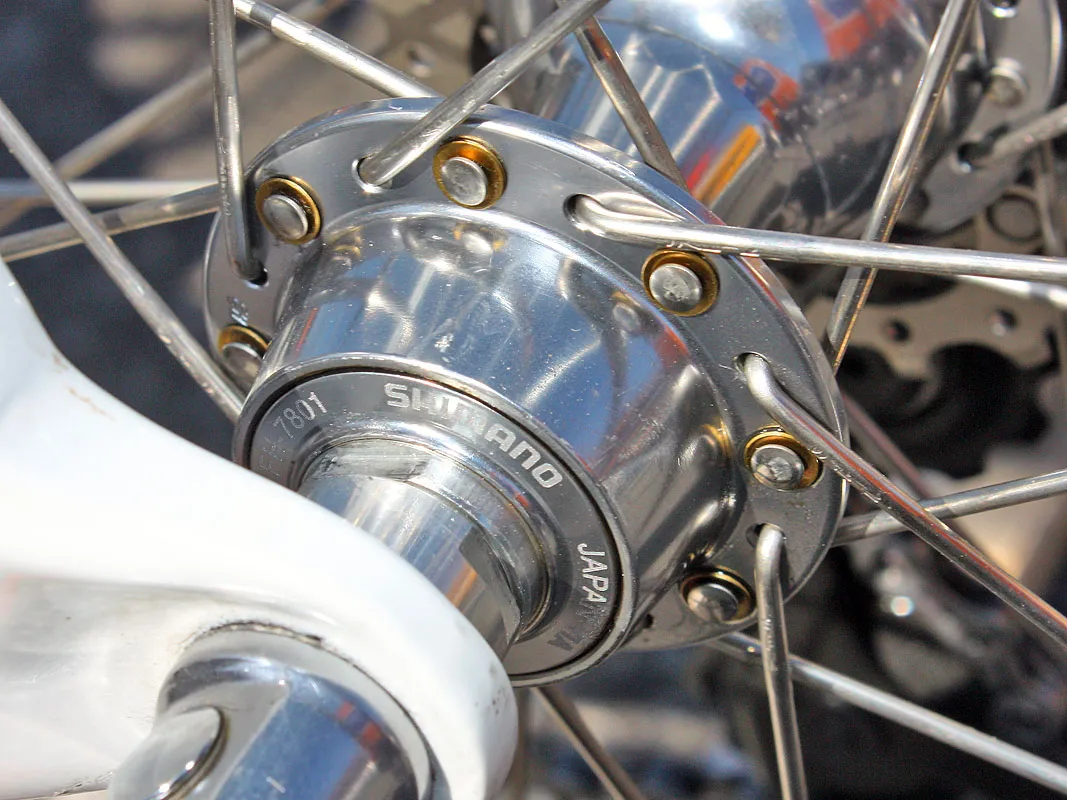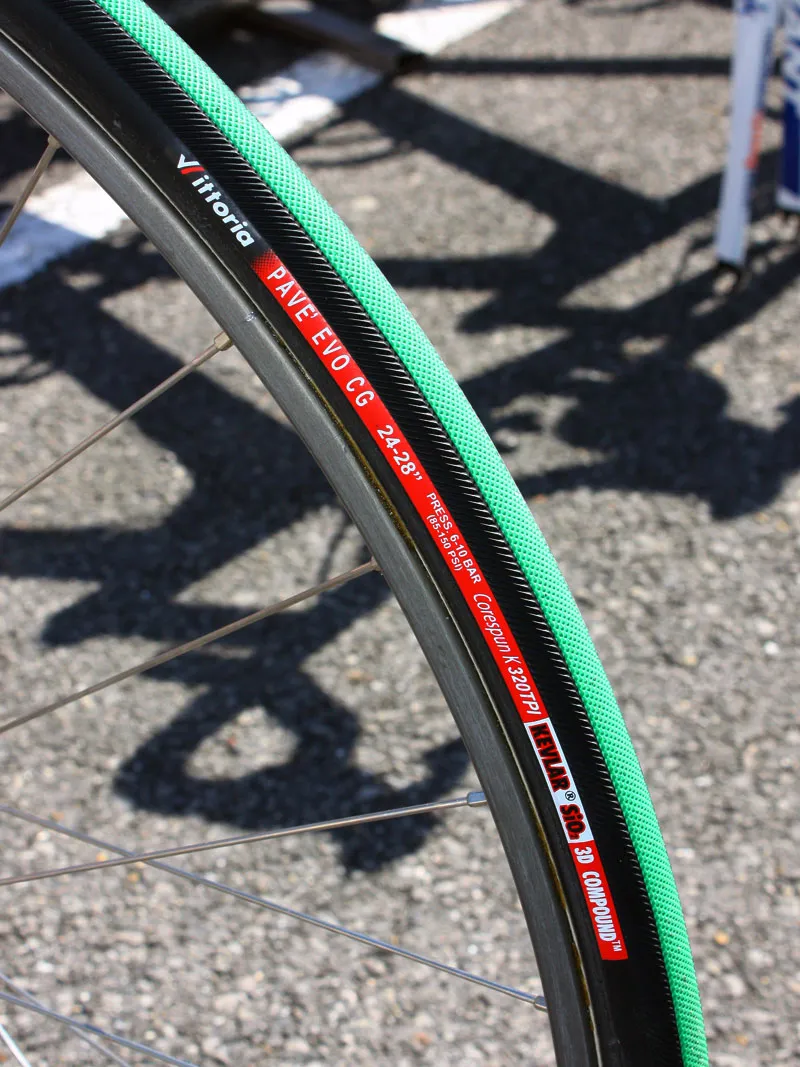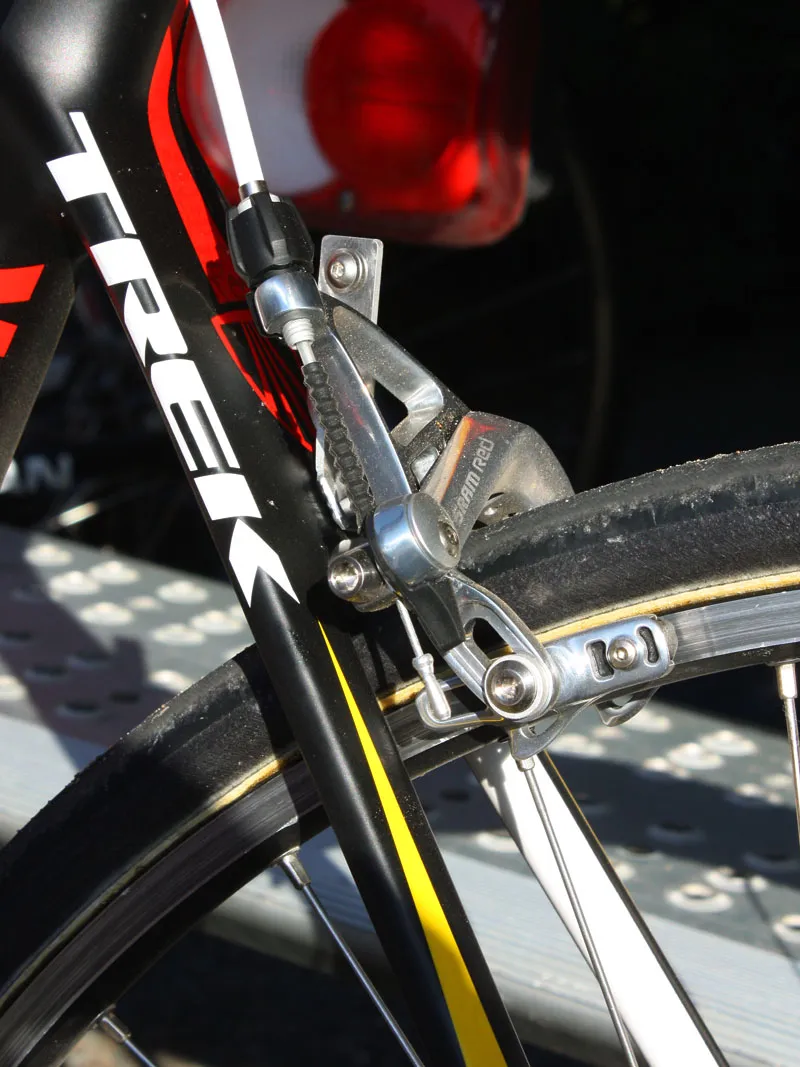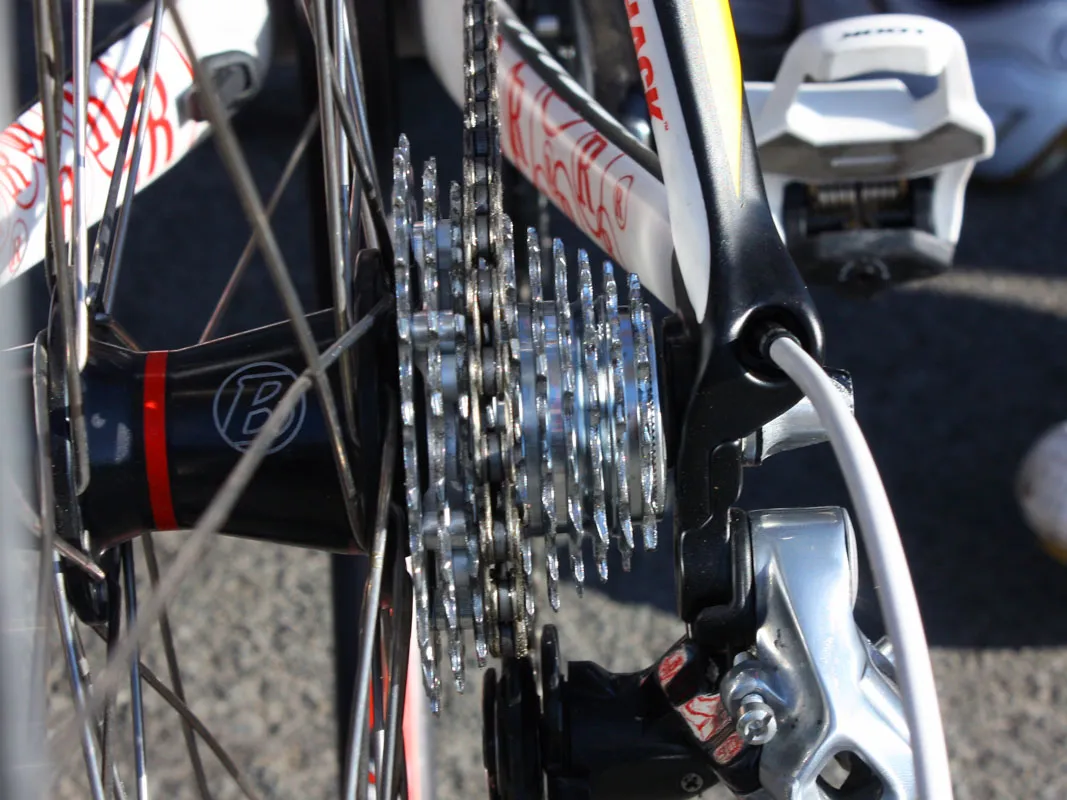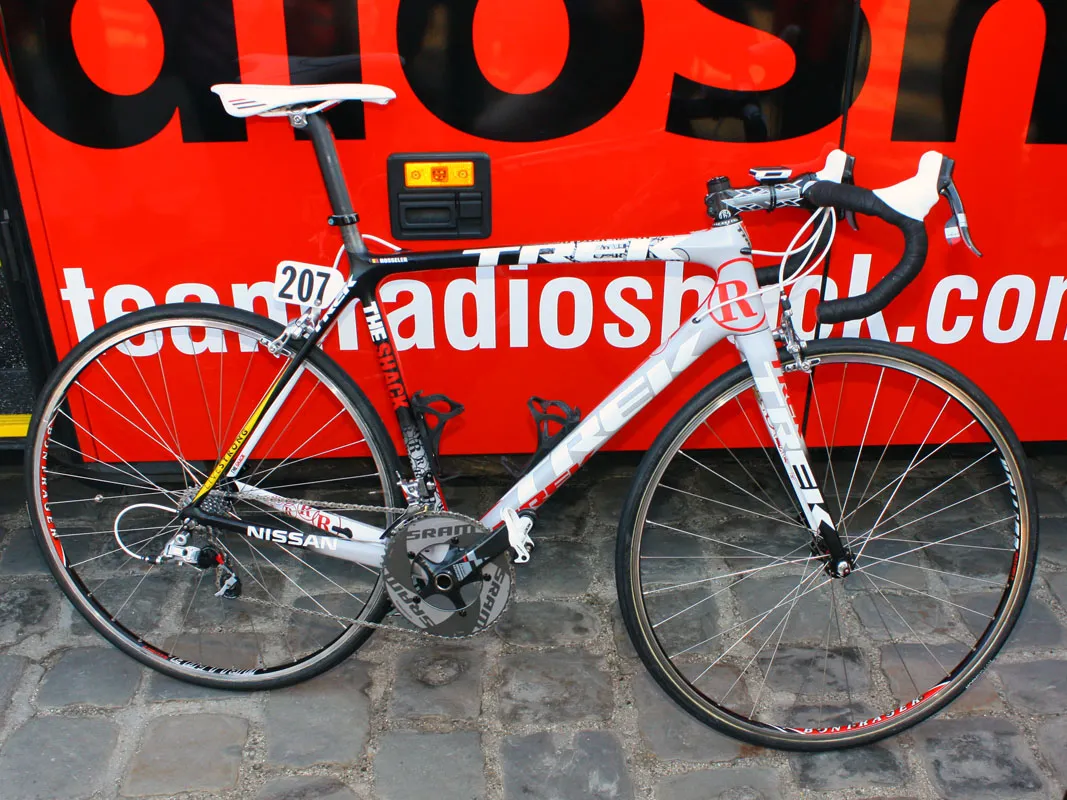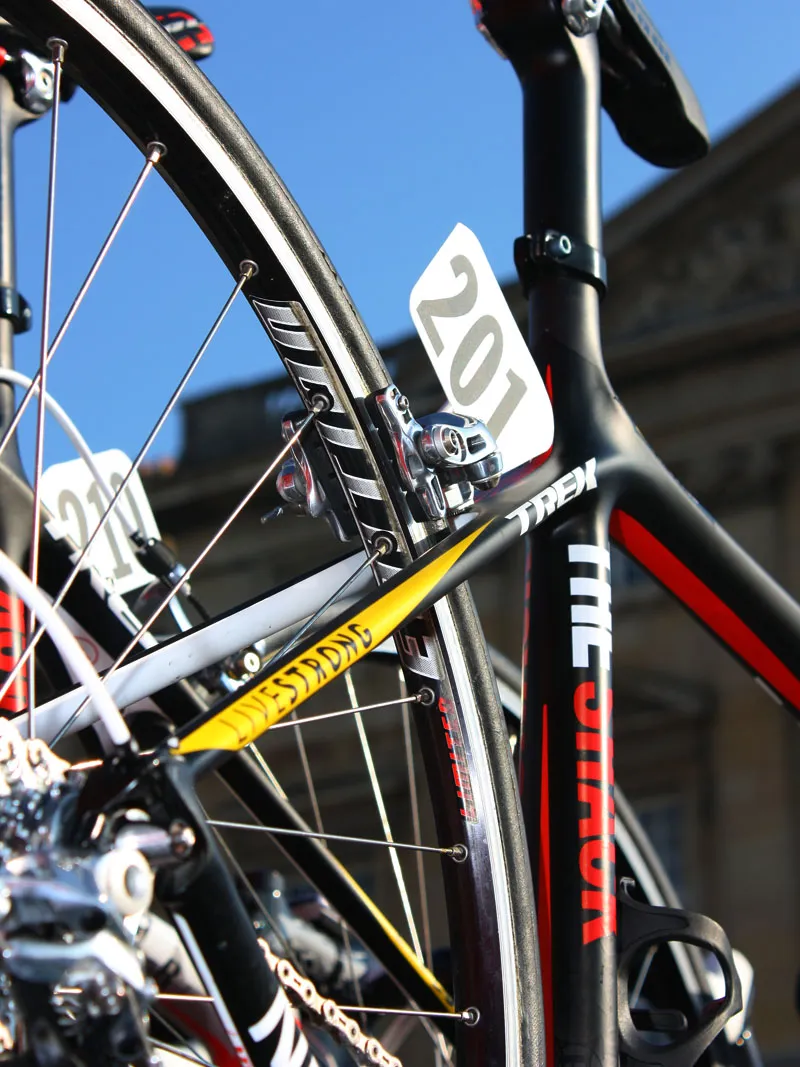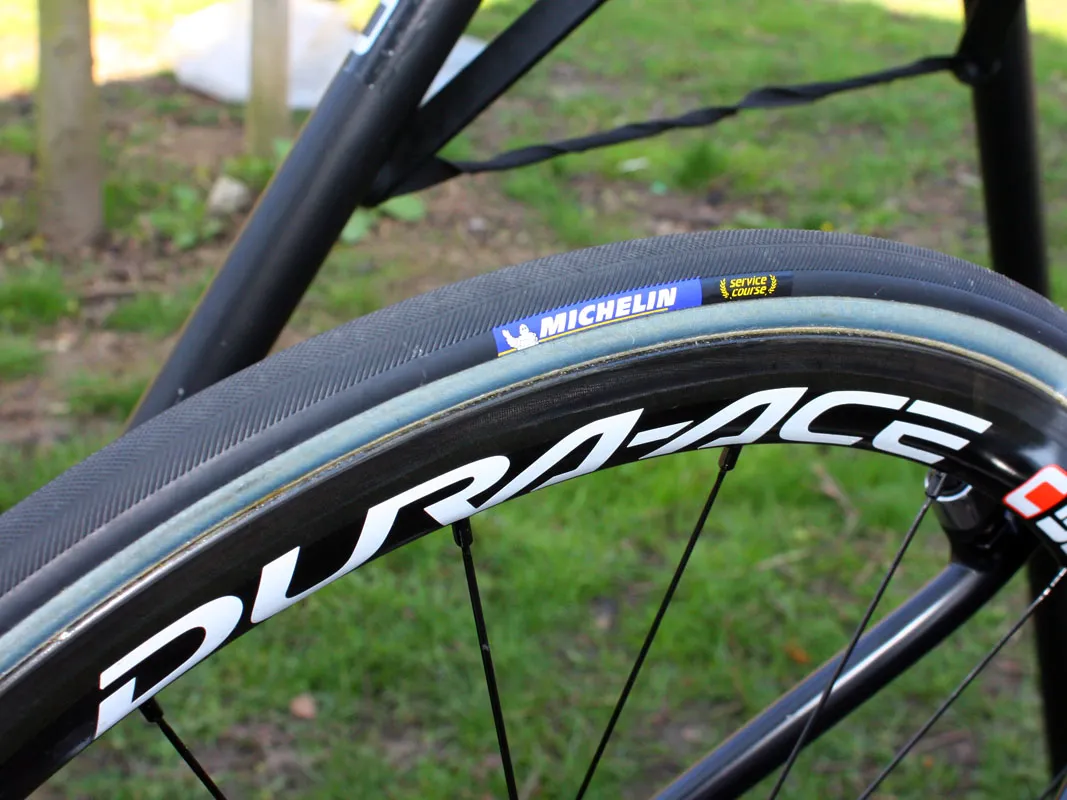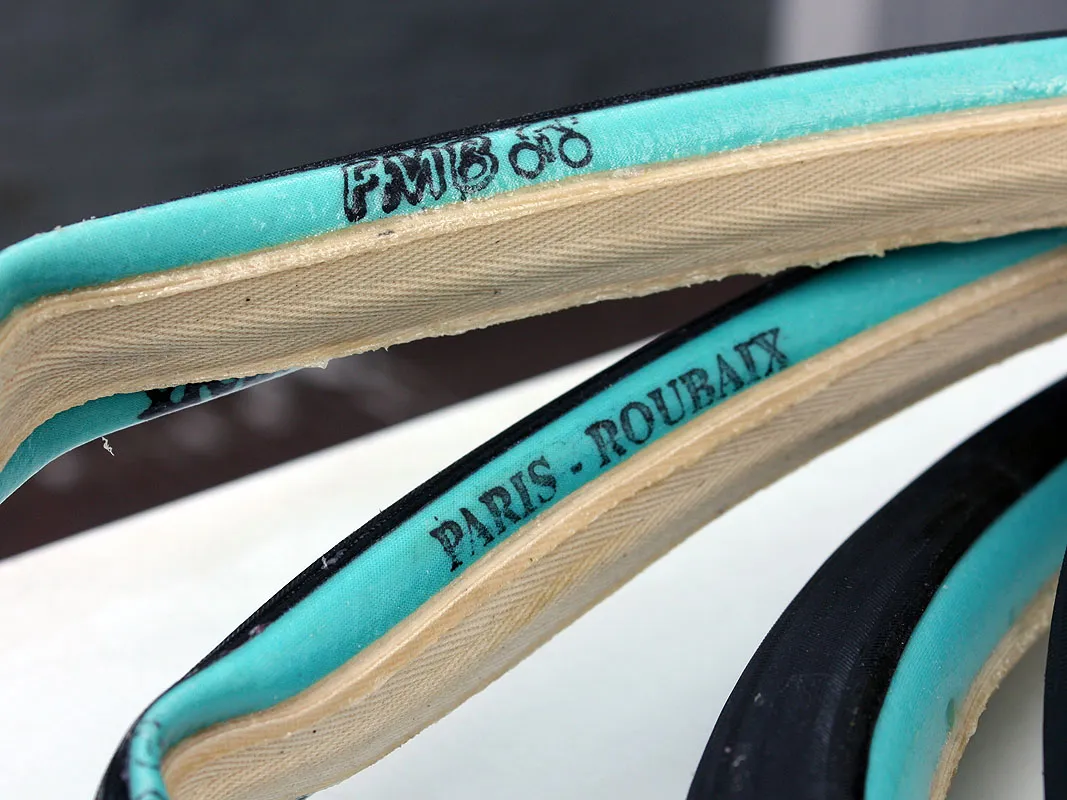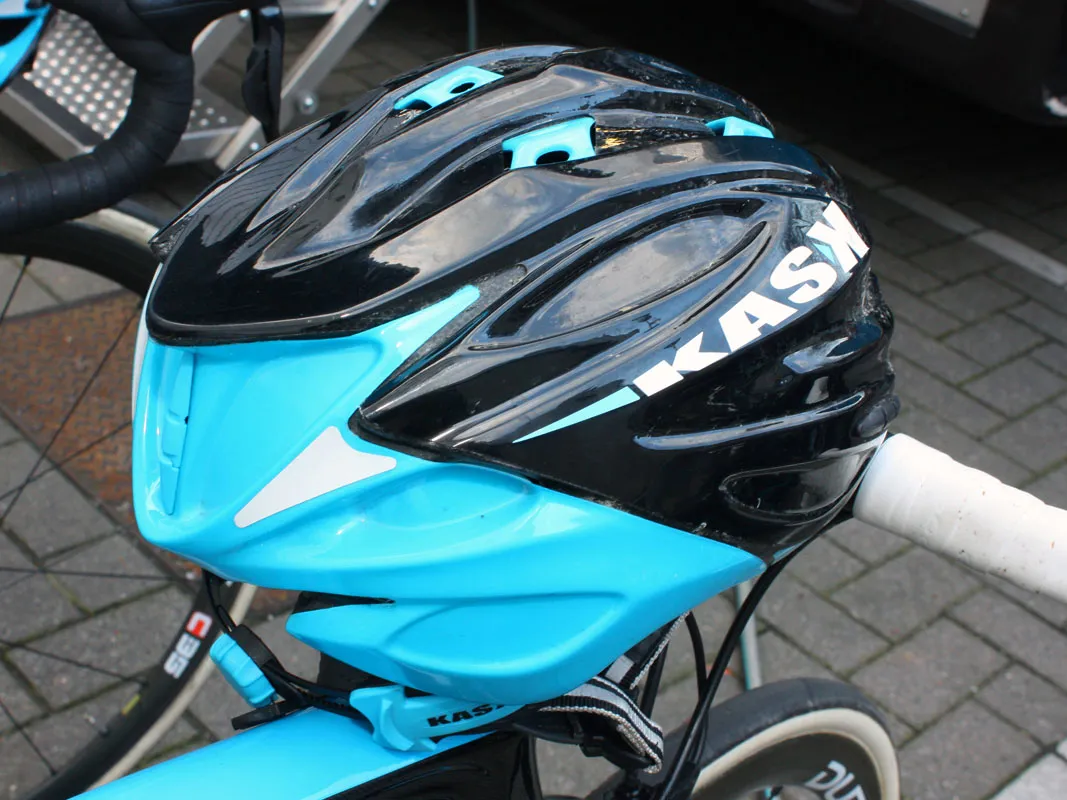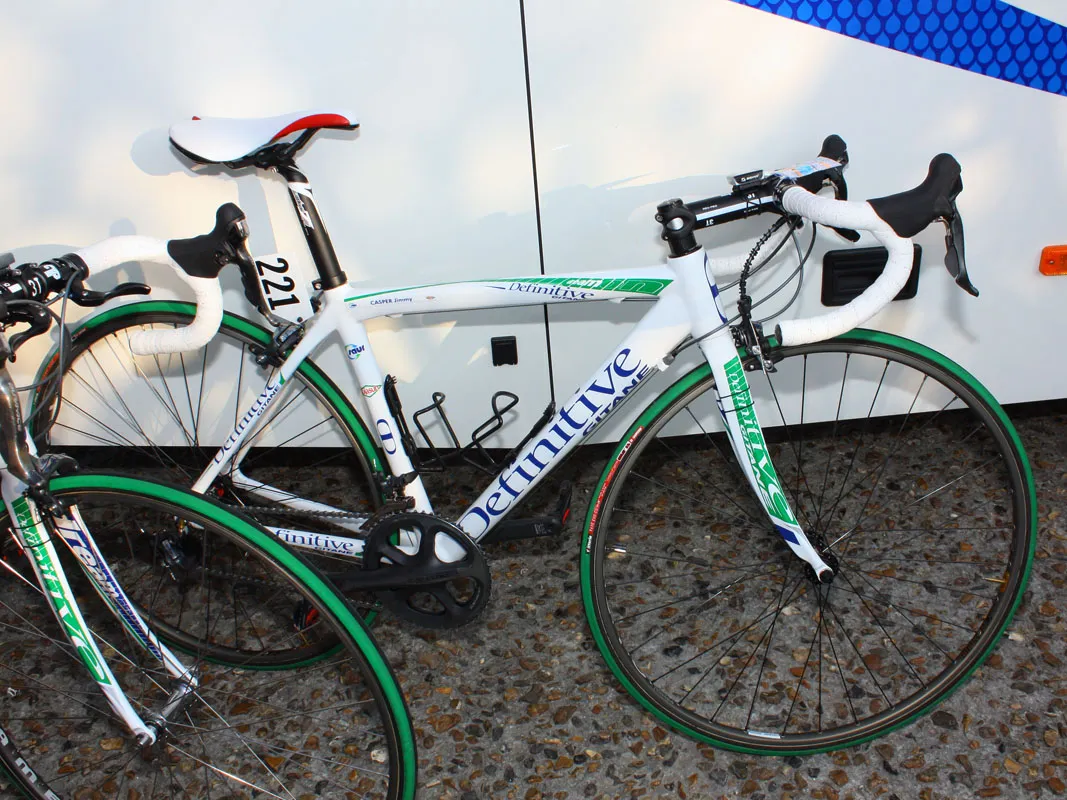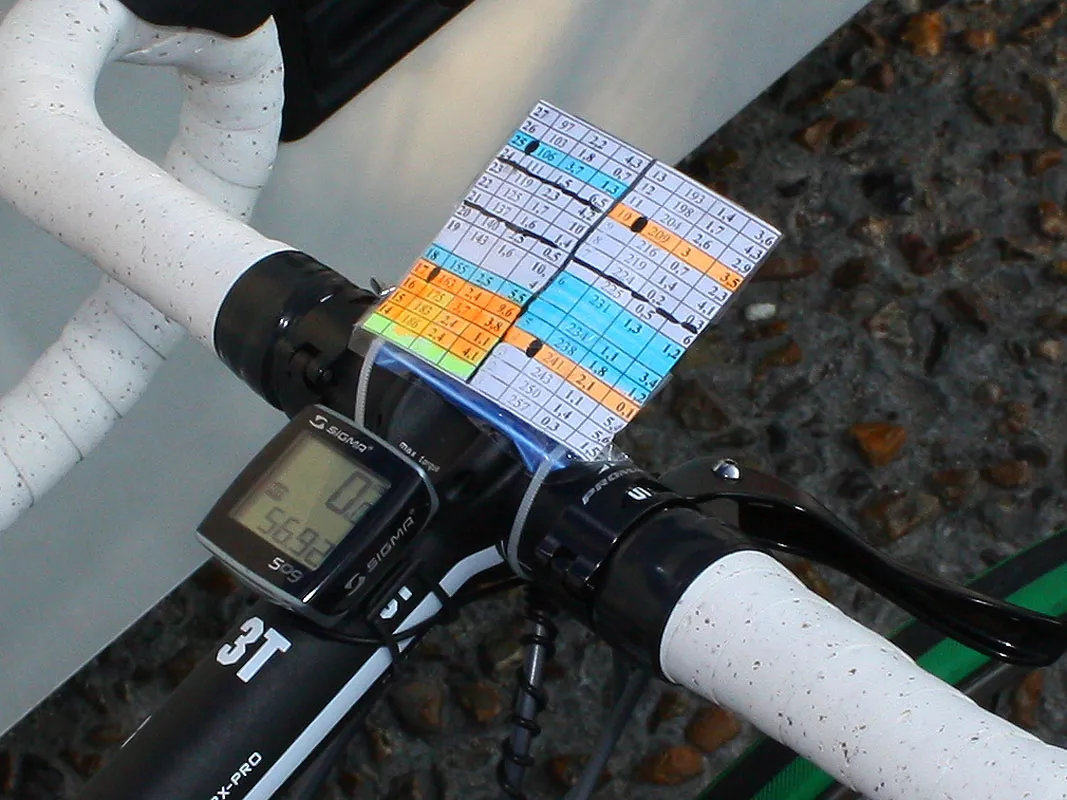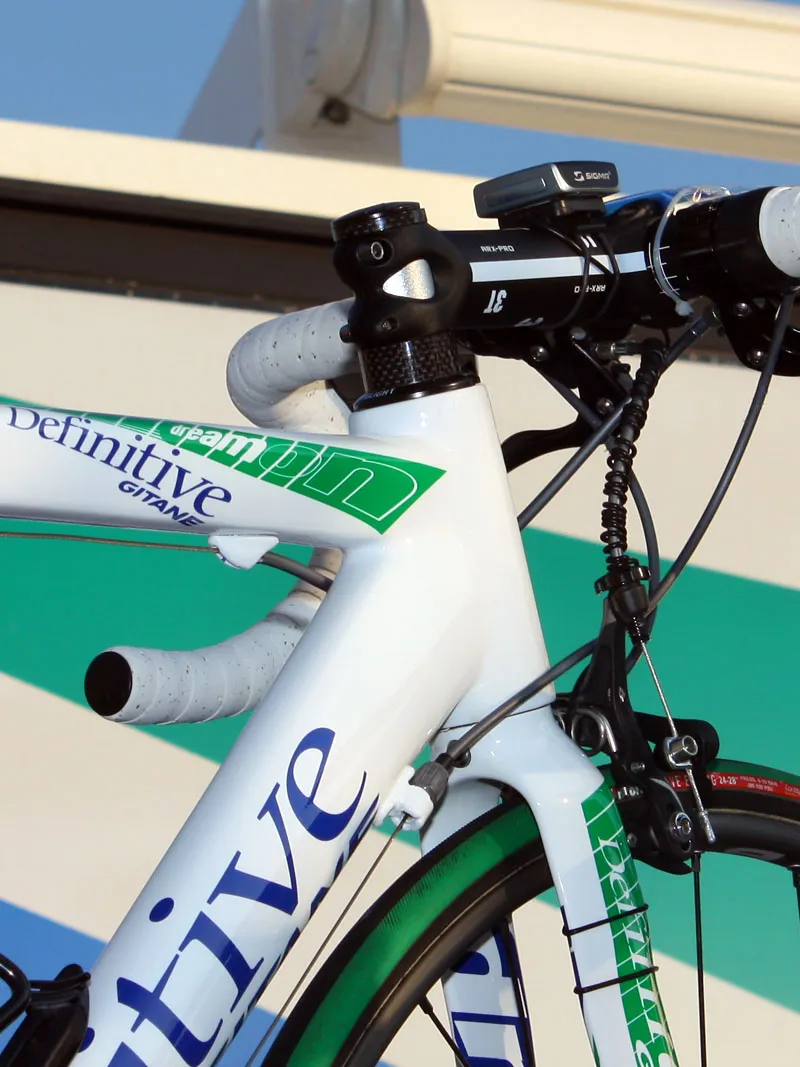Fabian Cancellara (Saxo Bank) took his second Paris-Roubaix victory in spectacular fashion yesterday, surging away from an elite group with about 50km to go and crossing the line with a two-minute margin over Thor Hushovd (Cervelo TestTeam).
In terms of equipment, Cancellara's win also marked Specialized's third Paris-Roubaix victory in a row, this time with their still-secretive 'Project Black' prototype. We've already covered the Project Black – otherwise known as the upcoming S-Works Roubaix SL3 – so we won't overly rehash here. What we will say is that it has proven to be a virtually perfect formula to tackle Paris-Roubaix's brutal parcours.
Relative to a pure race bike, its slightly longer wheelbase and slacker angles lend more stable and predictable handling, extra clearance leaves room for fat tubulars, the monstrous down tube and chainstays yield efficient pedalling, and Specialized's unique Zertz elastomeric inserts damp vibration for a smoother ride.
Skeptics can scoff as they see fit, but having ridden previous Roubaix iterations we're looking forward to riding this new one – and while it's true that Cancellara likely would have won on another machine, he also could have lost on one that didn't work well.
Most of the other top-placing machines at this year's Paris-Roubaix shared the Project Black's basic formula of slightly adjusted geometry and high-volume tubular tyres. Hushovd's Cervelo R3 bore the same modifications used on the bikes Stuart O'Grady and Cancellara used to win Paris-Roubaix in 2006 and 2007 when they were on Team CSC, and though Juan Antonio Flecha's (Team Sky) stock Pinarello KOBH 60.1 was a new creation debuted just prior to the race, it still adhered to the same general recipe.
Interestingly, Cancellara bucked the trend of traditional alloy box-section tubular wheels and instead relied on Zipp's new 303 carbon aero rims. True, he did break one rear rim coming through the Arenberg forest but to be fair, alloy rims have failed there as well. Moreover, Cancellara's wasn't a catastrophic failure and he was able to continue until a more convenient time for a bike change presented itself – a significant improvement considering how many Zipp carbon rims then-Slipstream-Chipotle rider Magnus Backstedt broke at the 2008 Paris-Roubaix.
Granted, muddy conditions may have altered the equipment selections but even in years of bad weather, bikes that deviate only modestly from the norm have generally fared better than the more 'cross-like creations we've seen from time to time. Only a few teams (Katusha, BBox-Bouygues Telecom, Skil-Shimano) campaigned 'cross or 'cross-like machines during the race but others (BMC, Milram) were prepared with them just in case.
With another Paris-Roubaix wrapped up we'll have to wait a year to see what sort of creations sponsors will cook up in an effort to defeat the Hell of the North but chances are they won't be all that different from what's been well proven to work. In the meantime, enjoy this gallery of team bikes and components from the 2010 Paris-Roubaix.
